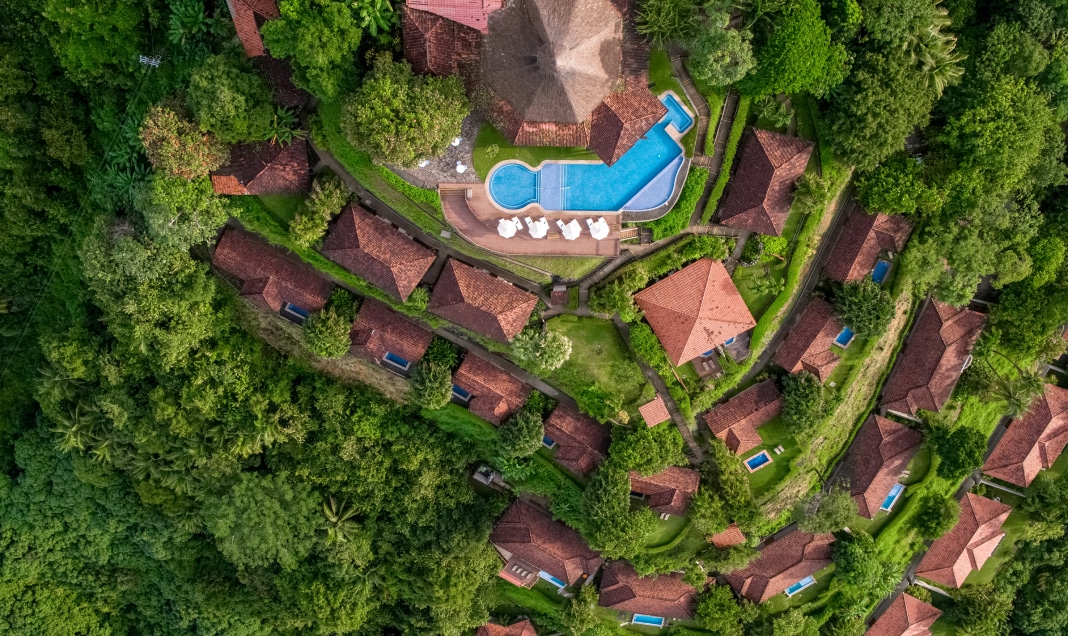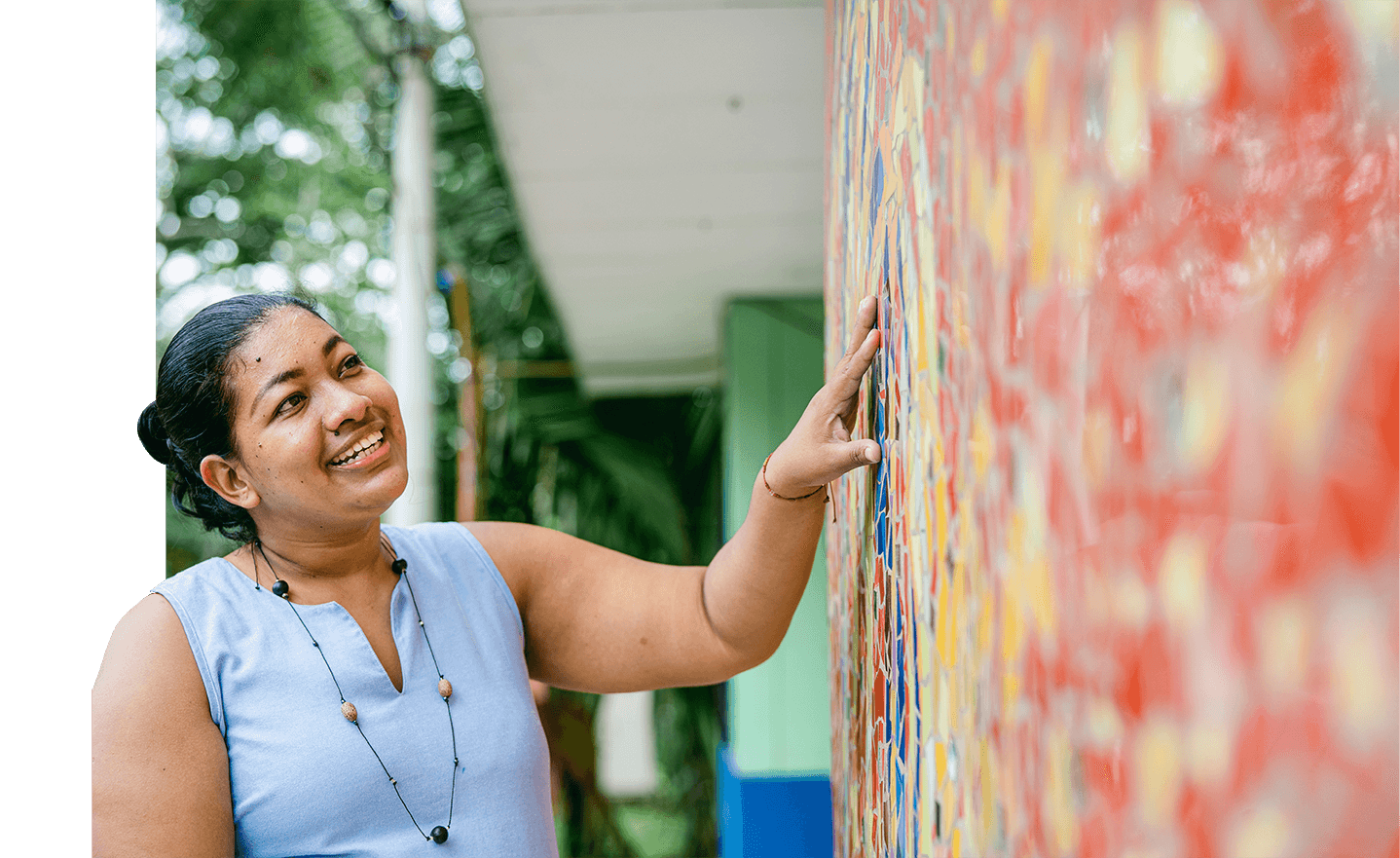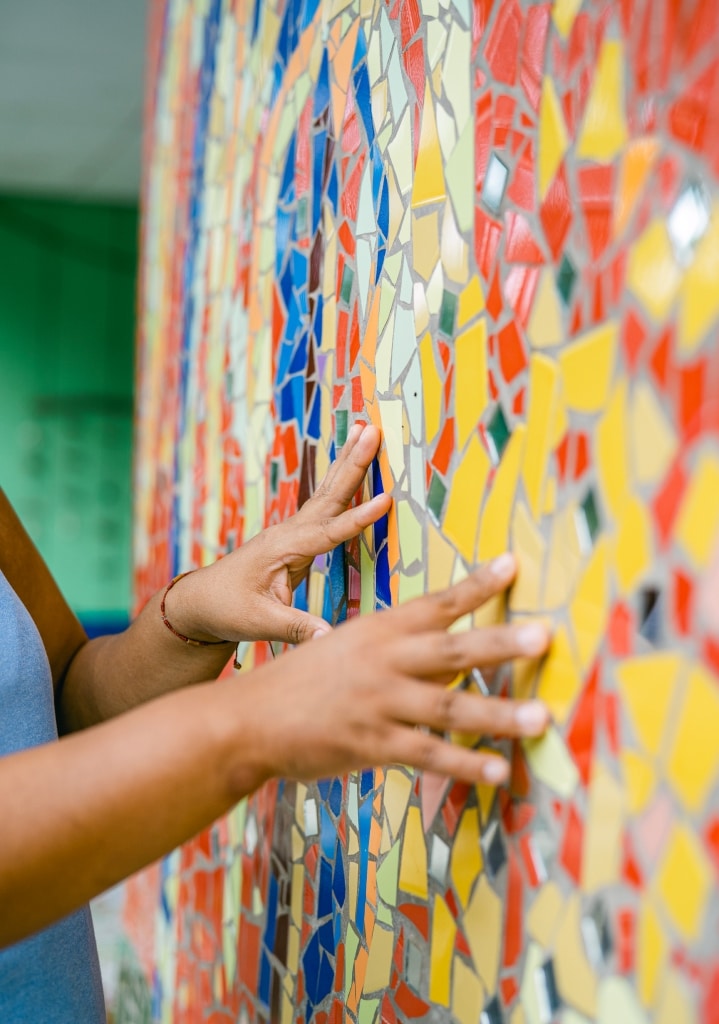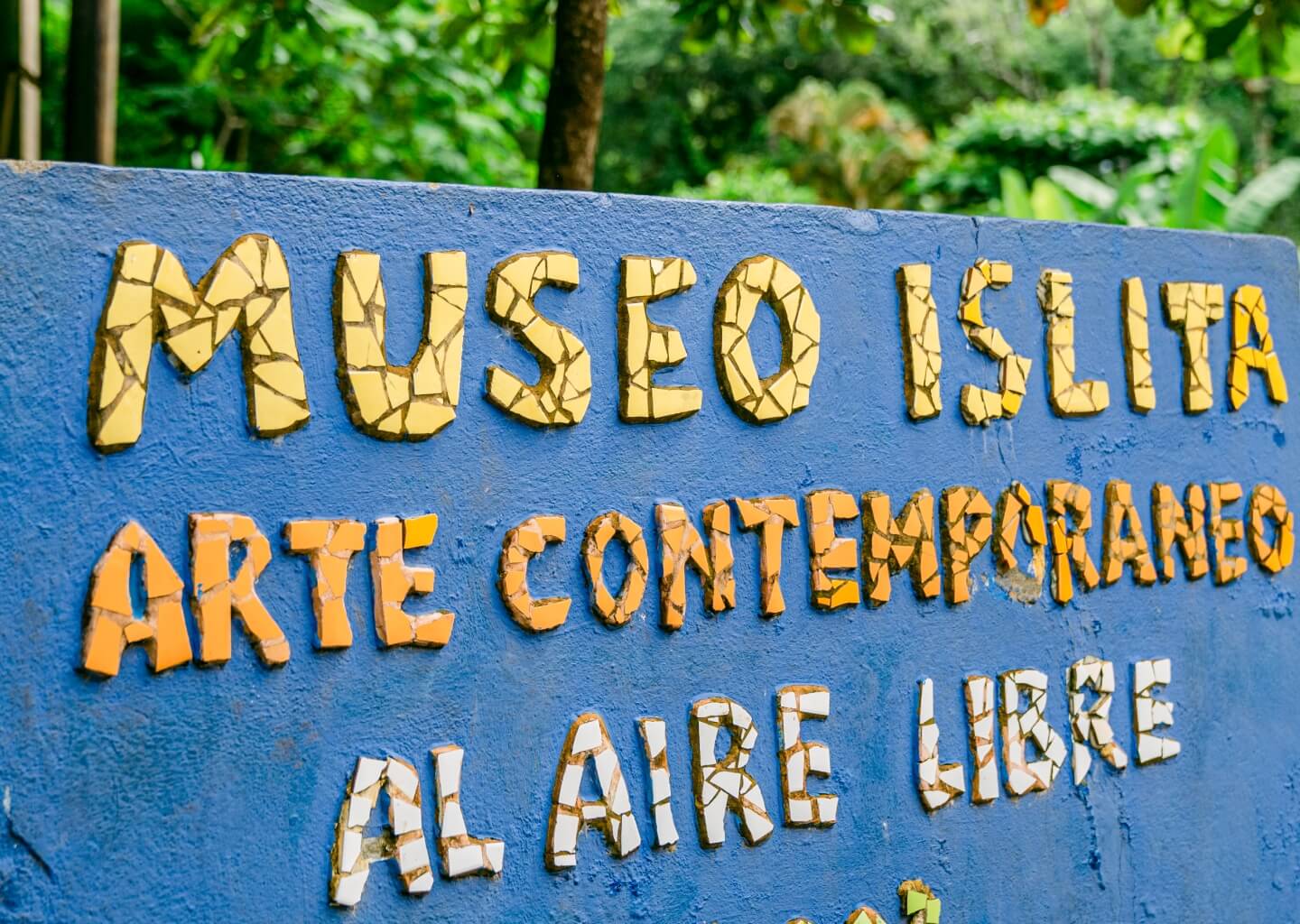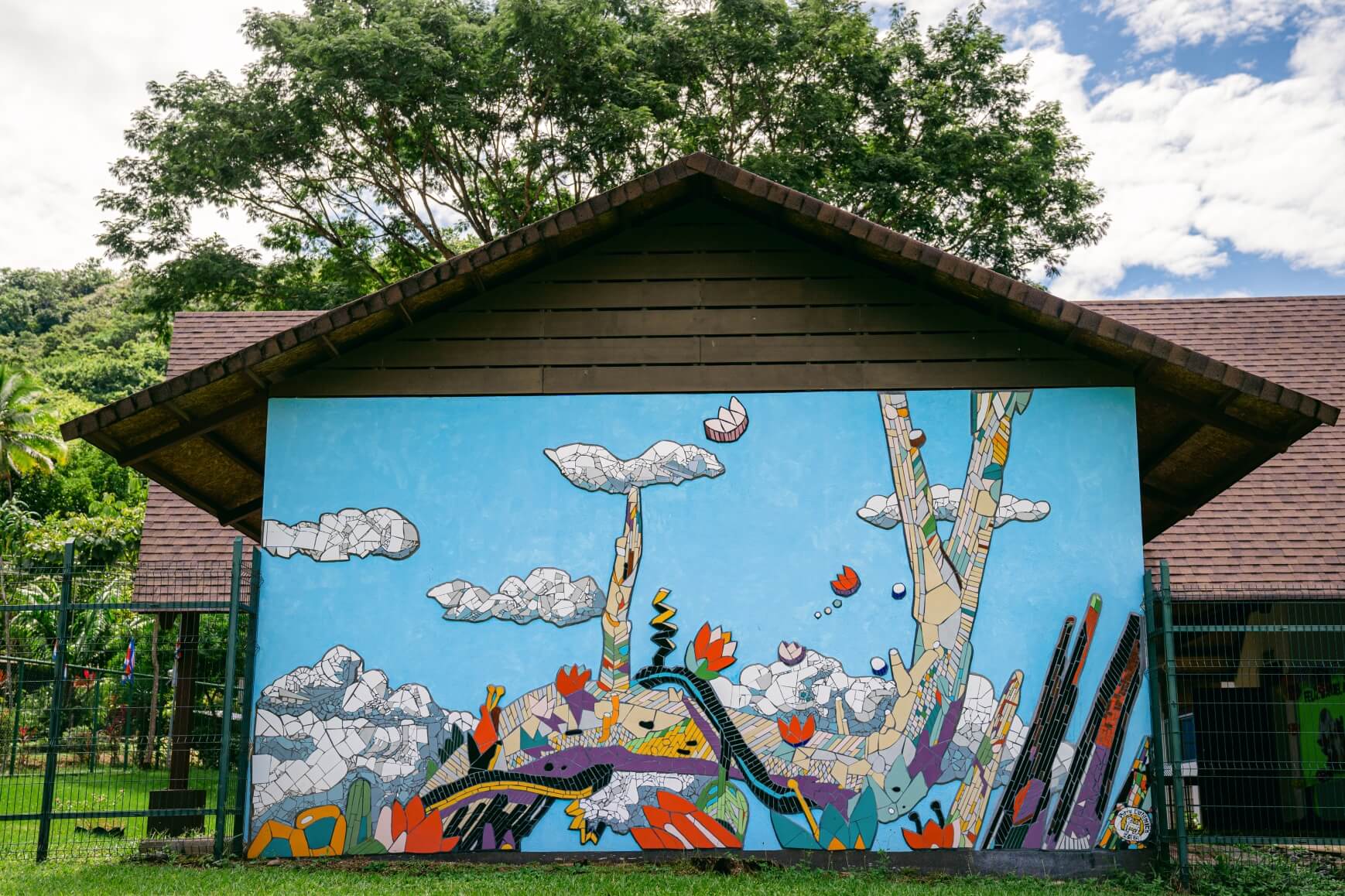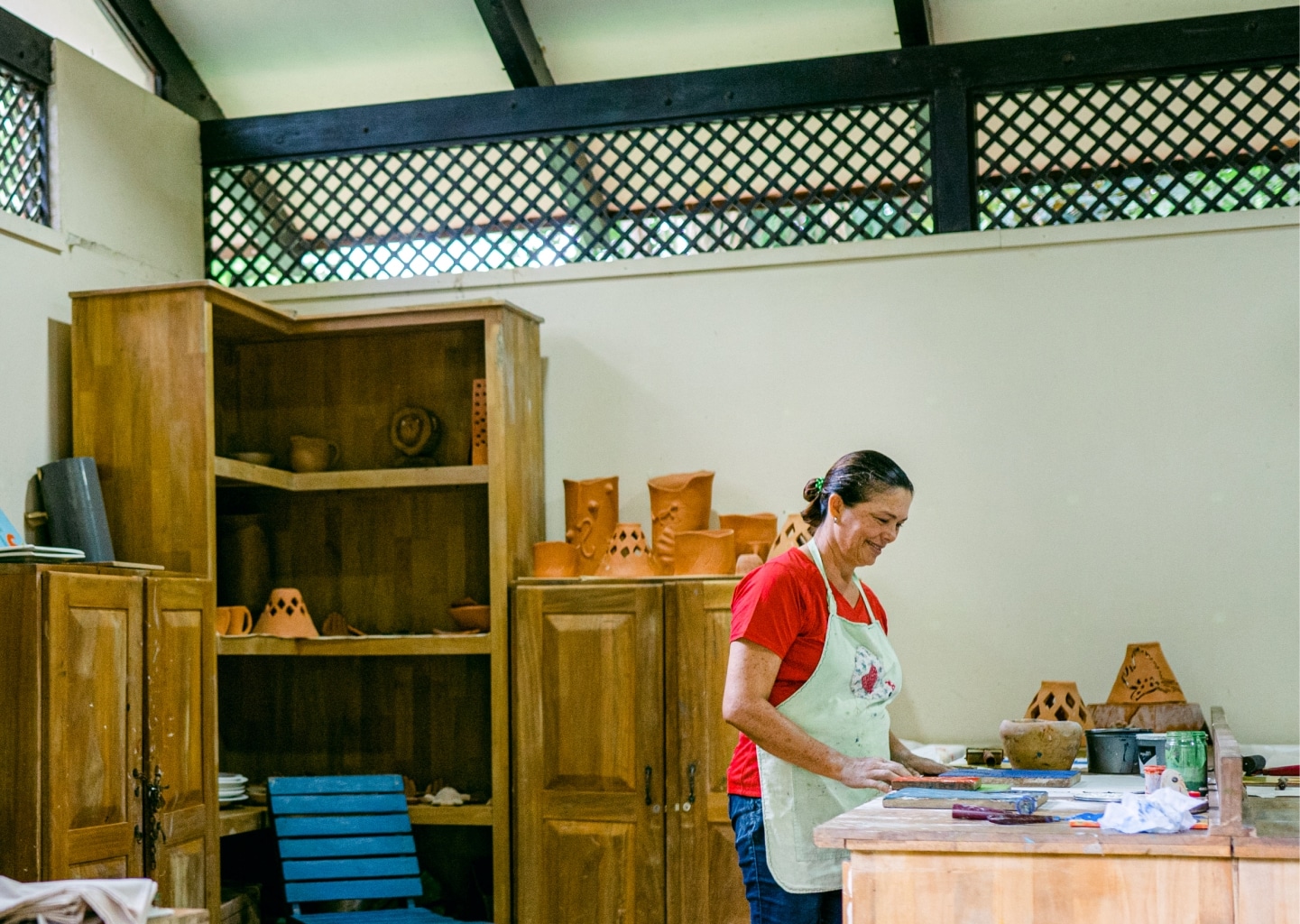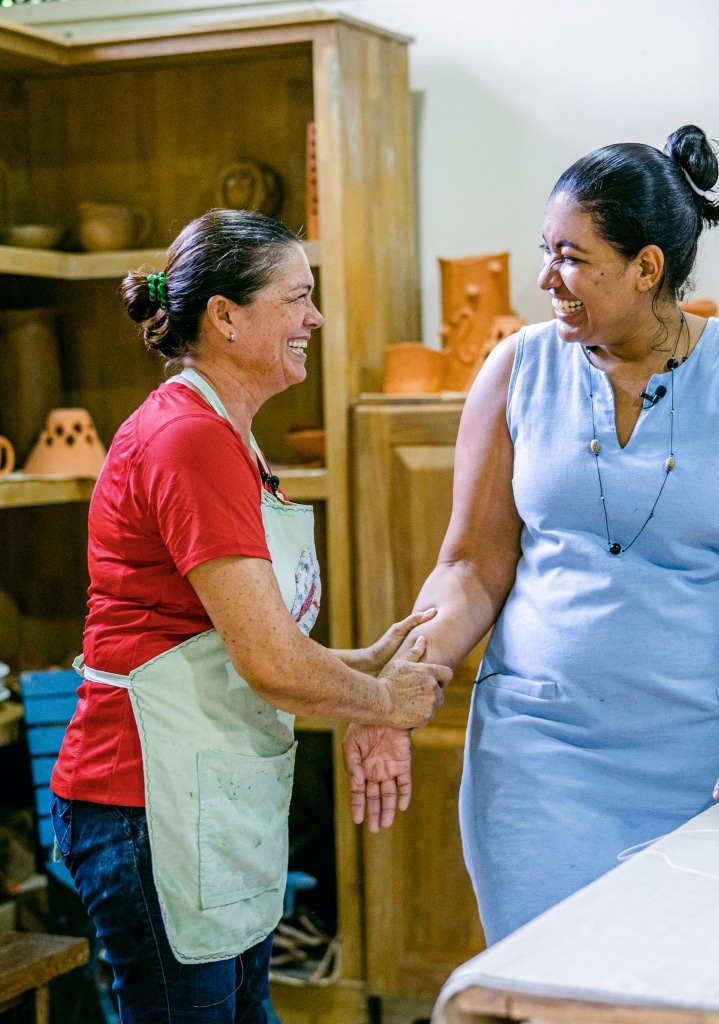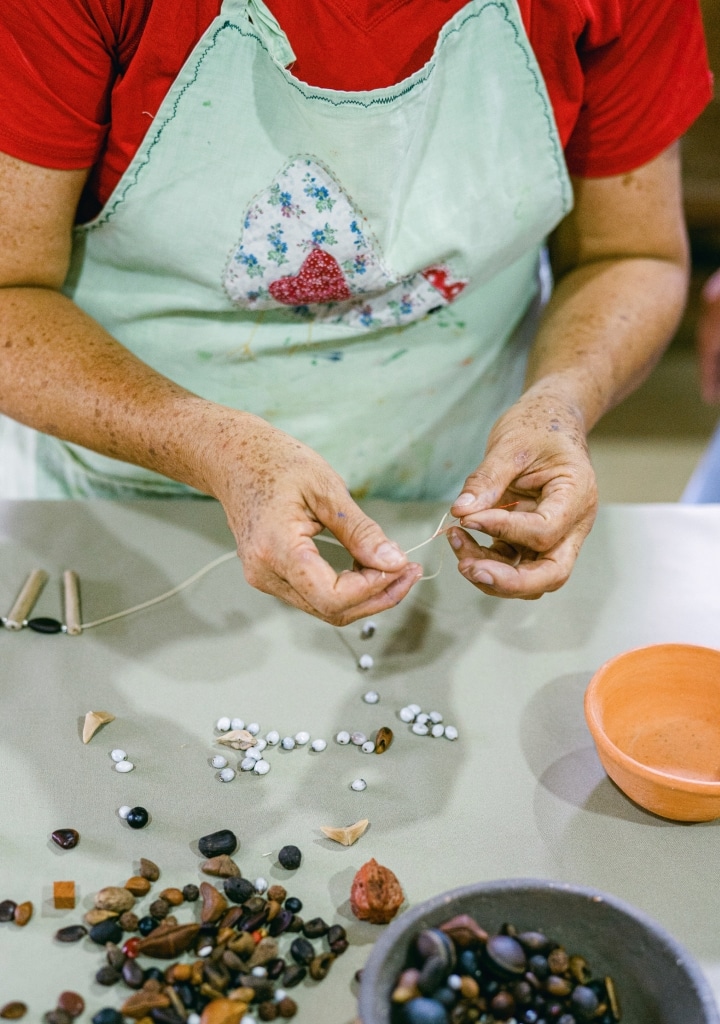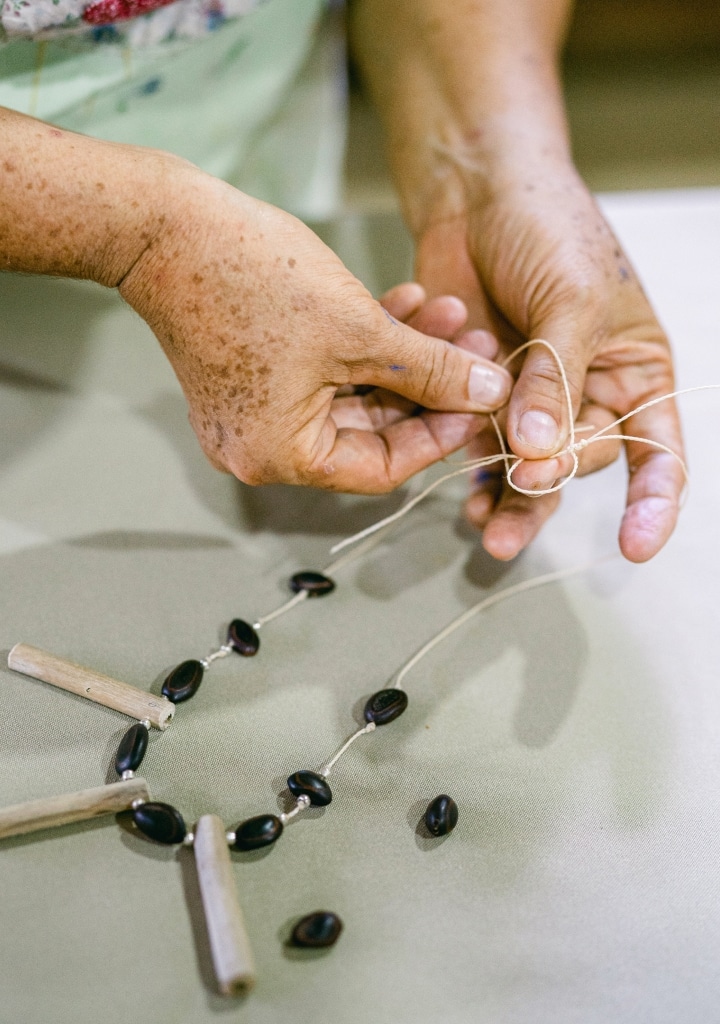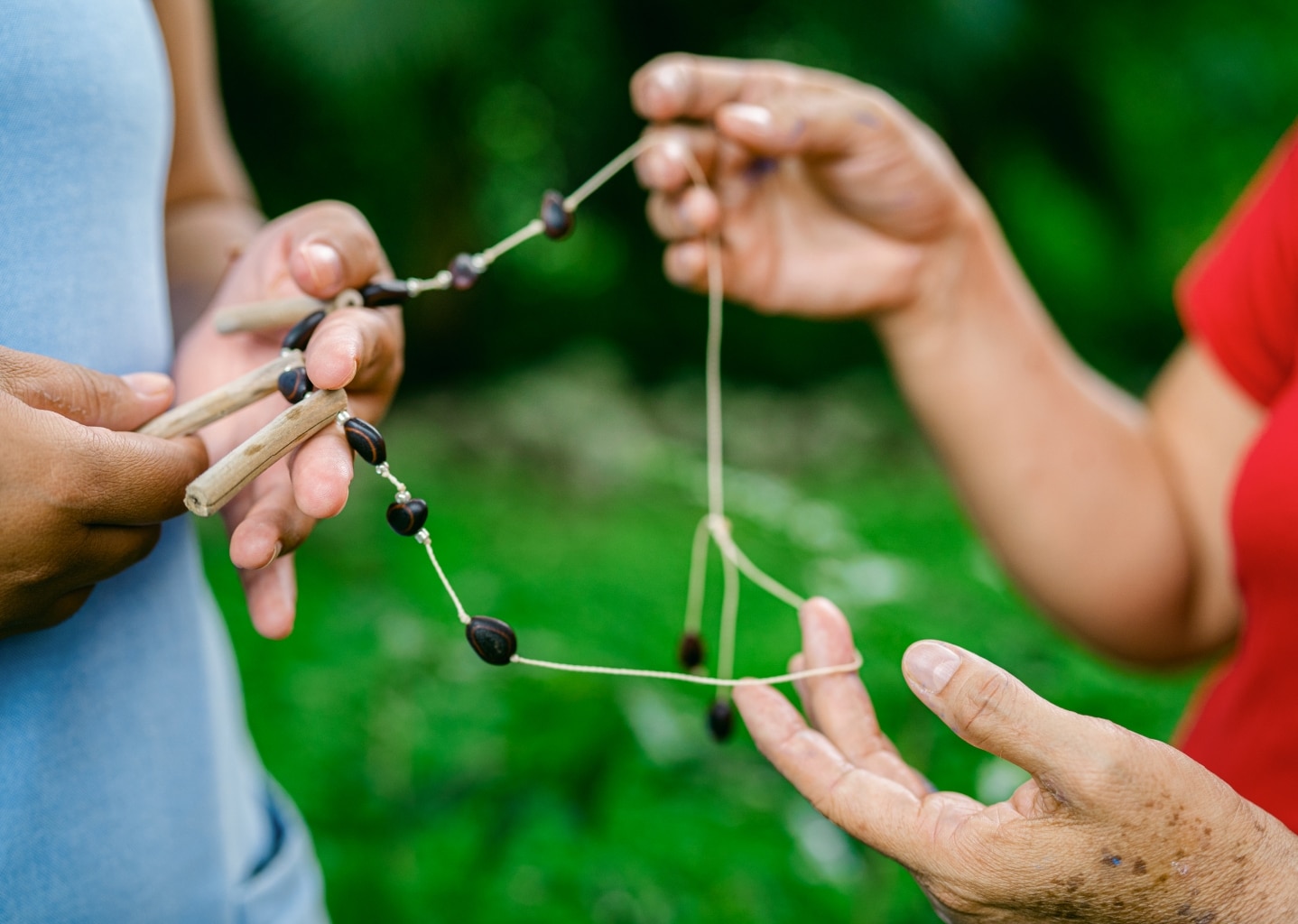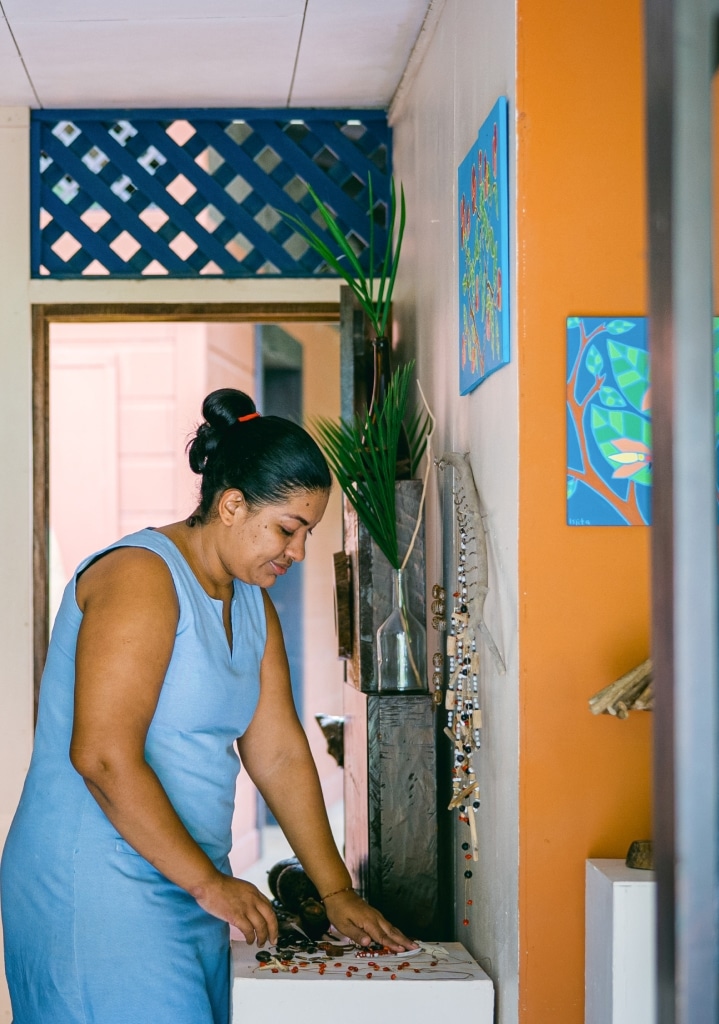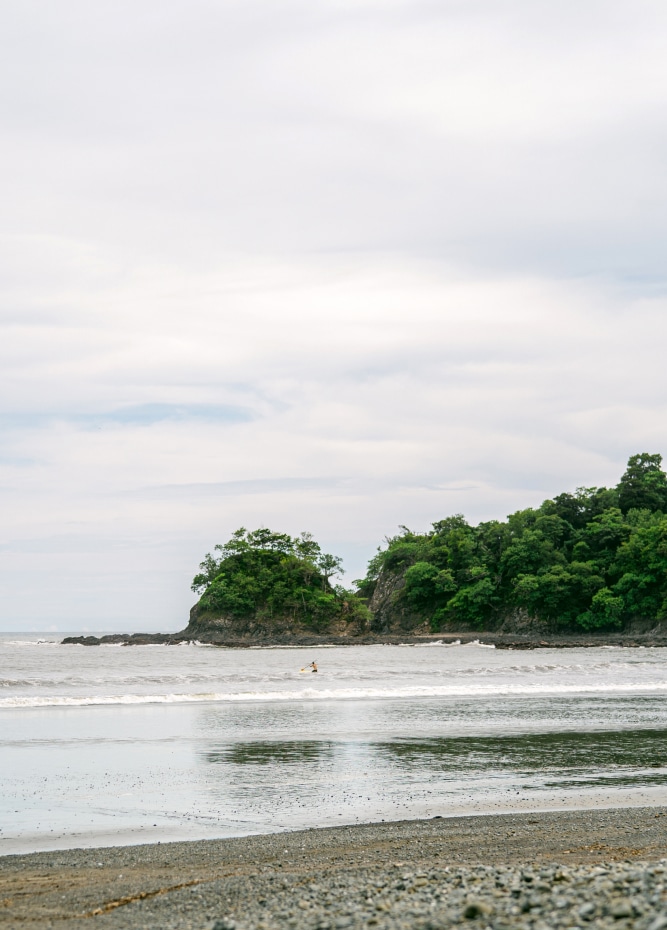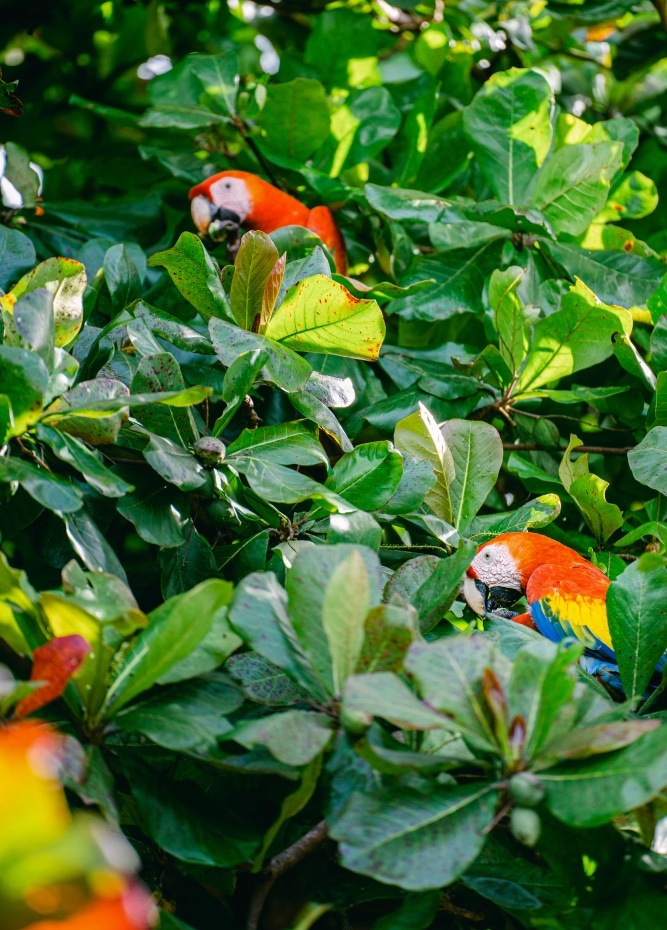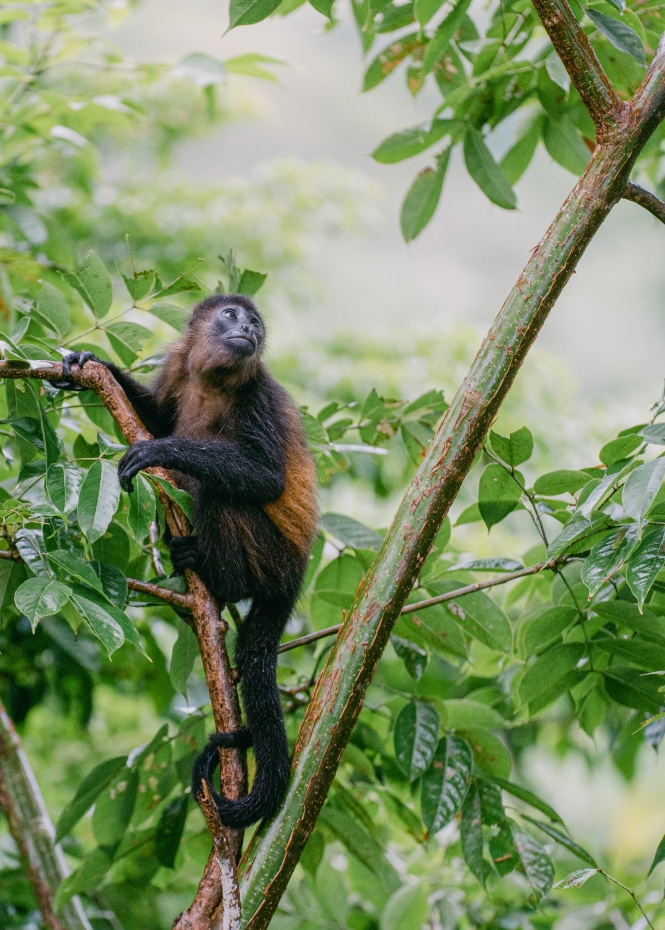How to Travel Better
Mosaics
and Macaws
Punta Islita is a tiny haven for conservation and the arts
Erin Van Rheenen
Punta Islita

Like so many Costa Rican towns, Punta Islita has its community’s basic needs covered — it’s home to a school, a church, a soccer field. But unlike other towns, it also has — or rather is — the only open-air contemporary art museum in the country. And a stroll through this tiny village tucked into Costa Rica’s western coast is not soon forgotten.
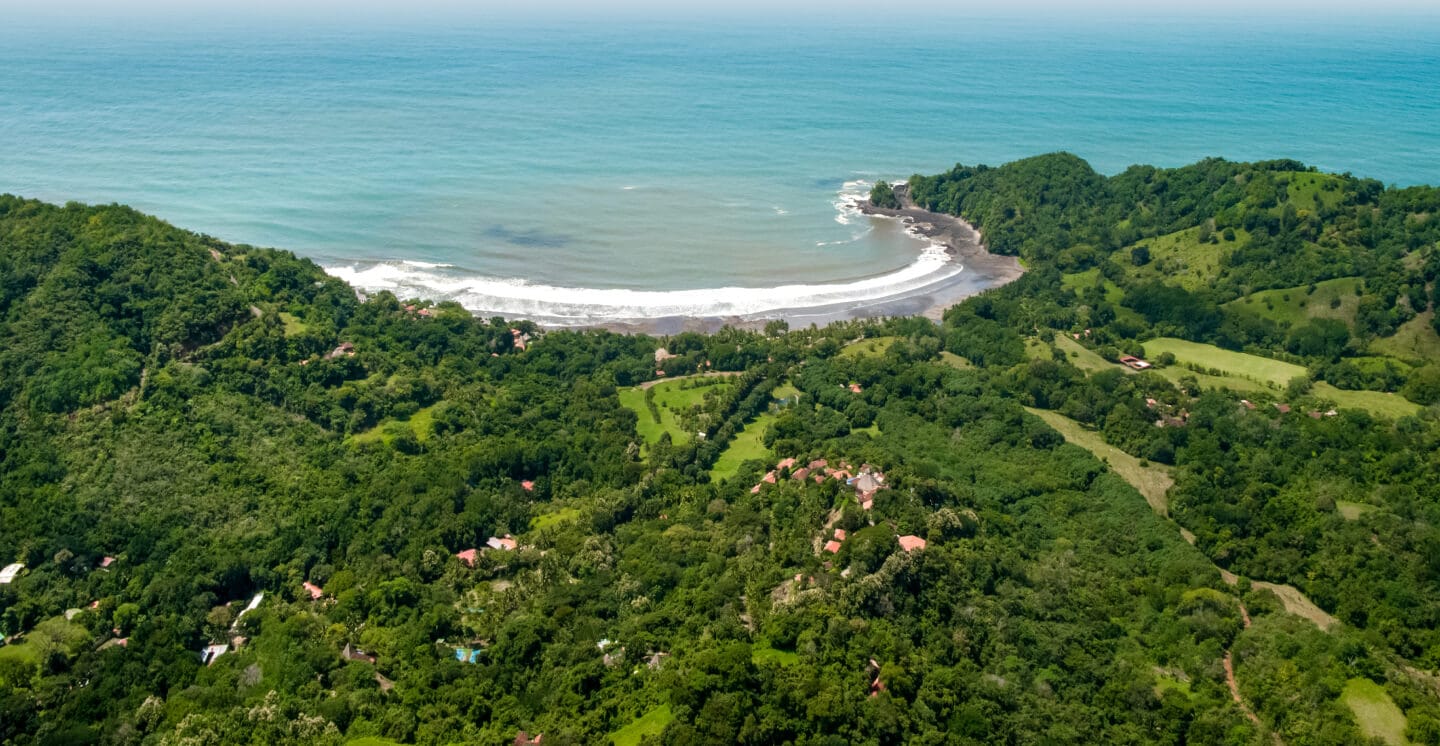
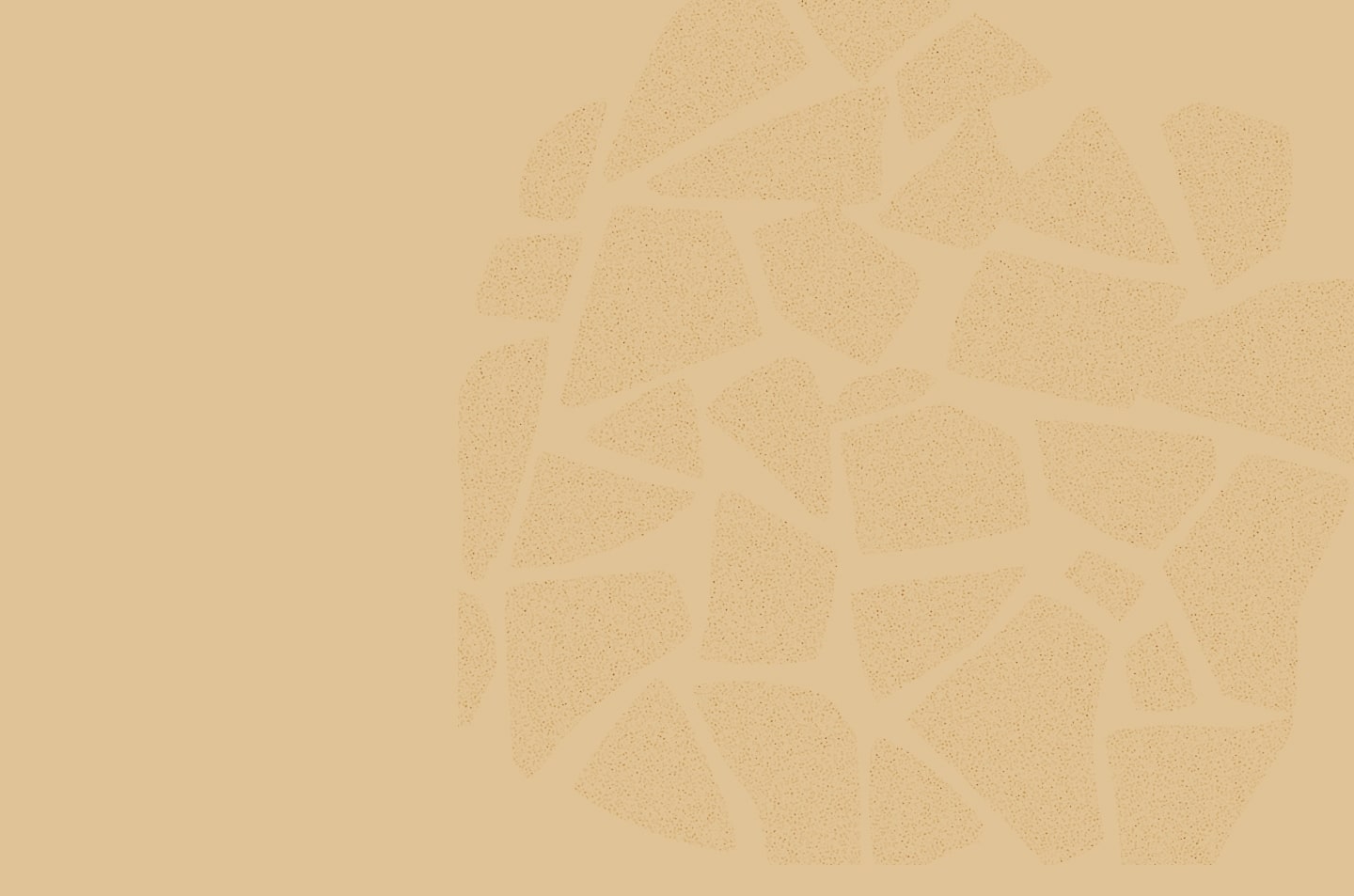
Sea breezes waft into town from a perfect half-moon bay. White-faced monkeys and scarlet macaws call out from the surrounding jungle canopy. Still, throughout this town of about 150 residents, art vies with nature for visitors’ attention.
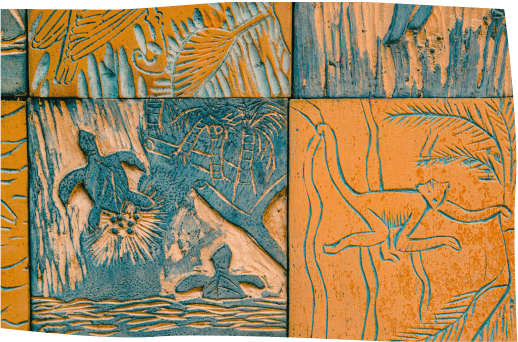
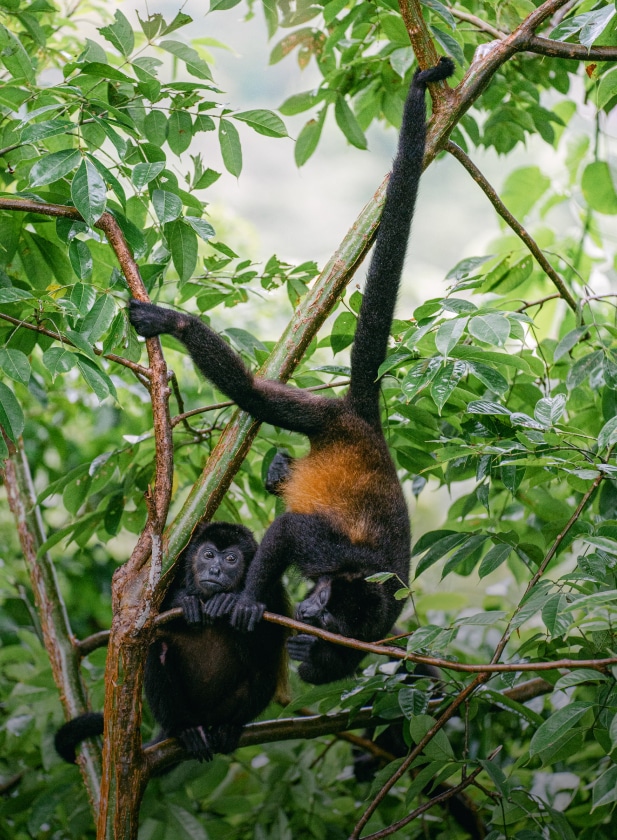

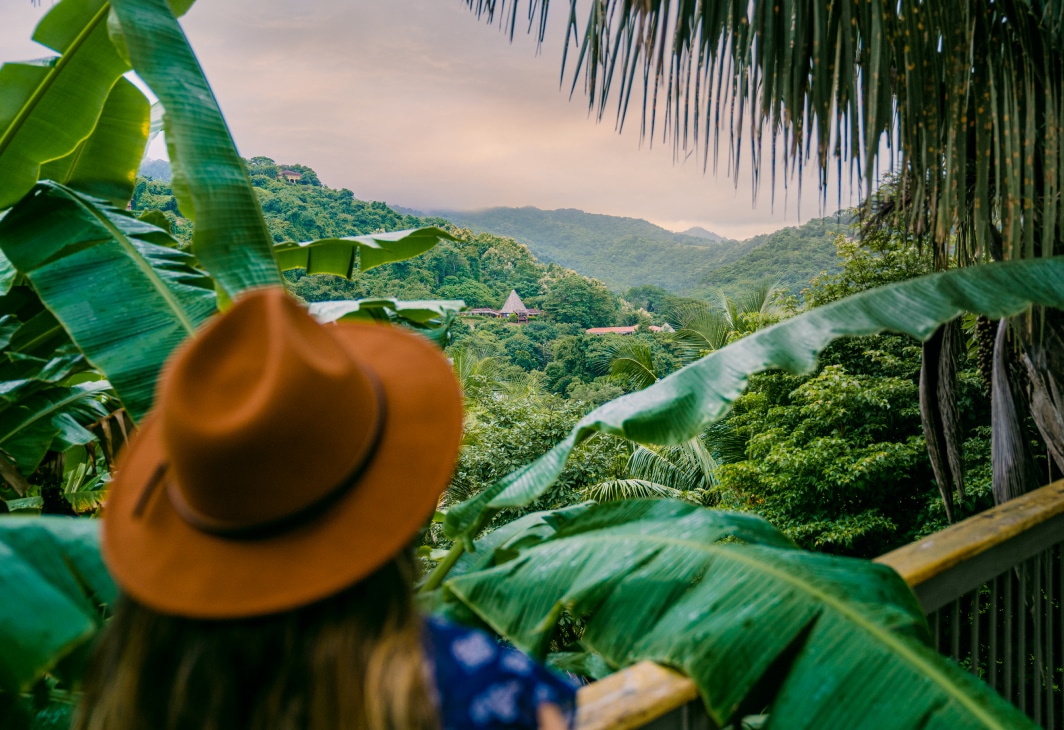
An Arts Haven

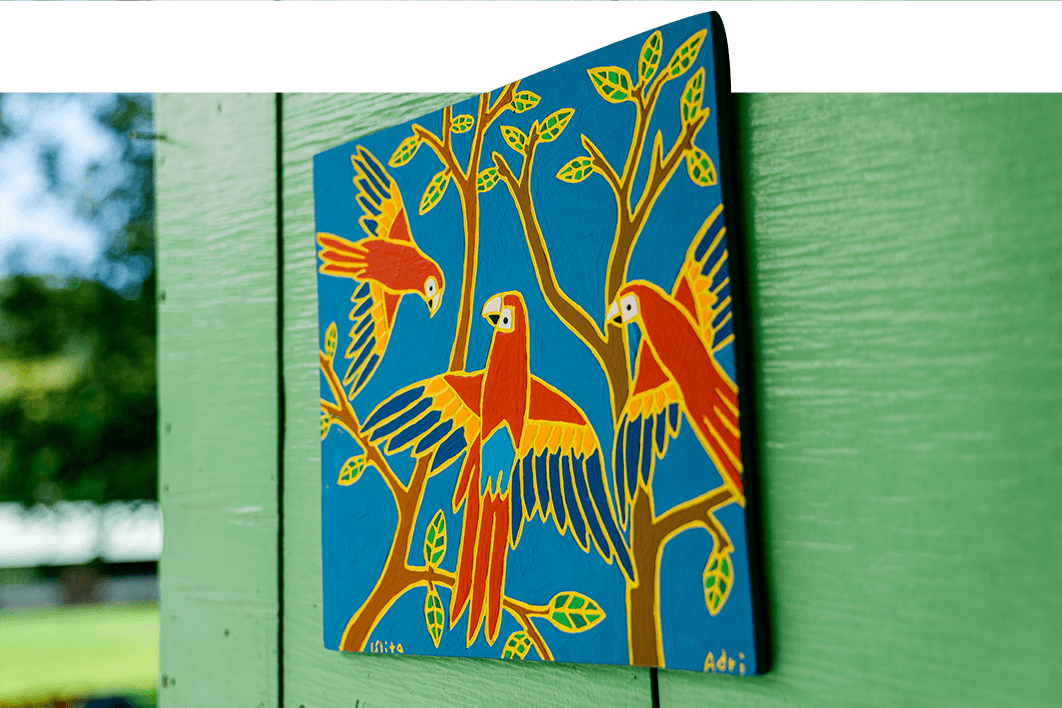
CREATING AN ARTS HAVEN
Driving into Islita on a partially unpaved road, visitors may be struck by the vibrant murals transforming public buildings’ exteriors and mosaics shimmering with the colorful hues of exotic birds and tropical sunsets. Sculptures and installations even emerge in neighboring Corozalito, along the town’s airport landing strip.
But pay attention — art seen on one trip to town might not be there on the next. Take, for instance, a tree in the town plaza strung with ornaments emblazoned with flowers, moons and spirals. Inevitably, the equatorial sun and rain took their toll on the delicate decorations.
One local artist, Sonia Quirós, says of the tree art, “It was beautiful, but it was never meant to last. After all, the tree needs its space.”

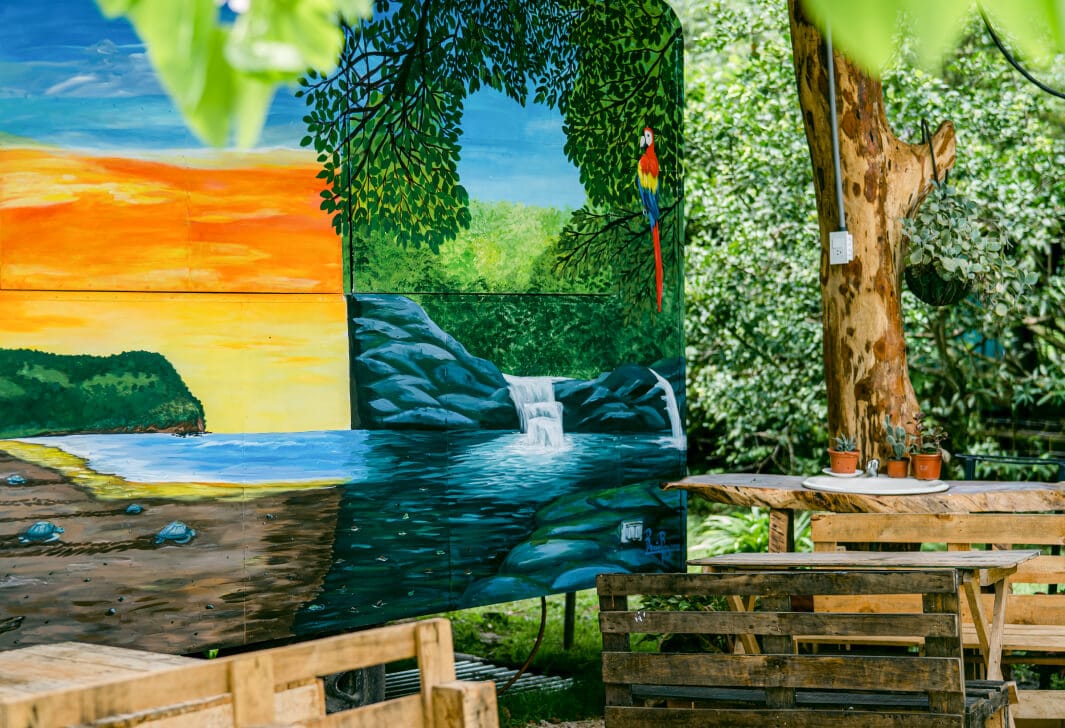

This respect for nature makes the area a shining example of how art and conservation projects foster local pride and self-reliance while also providing visitors with opportunities for more authentic engagement with local culture and the natural world.
“Many of the works [here] are meant to be ephemeral,” points out Leticia Vásquez, director of the town’s Islita Museum and coordinator of social responsibility programs at Hotel Punta Islita, Autograph Collection, which provides important support for the area’s art and conservation endeavors. That Vásquez grew up in nearby Corozalito fulfills the project’s goal of keeping locals at its helm.
Art is now so synonymous with the village that when people talk about the Islita Museum, they might be referring to the art-strewn town or the interconnected web of local art projects, as well as the actual museum building — which serves as gallery, shop and community center.
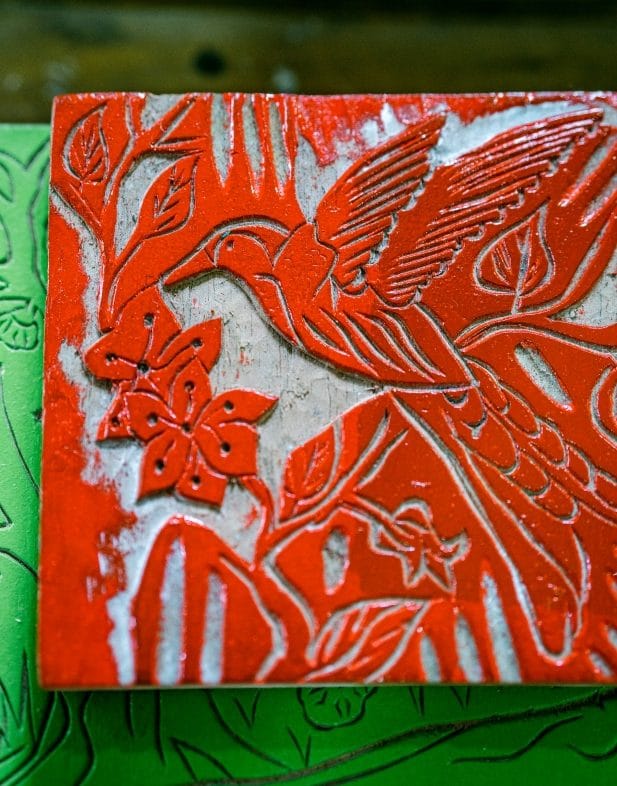

TOWN-TURNED-MUSEUM
It’s not a stretch to say Punta Islita brings sustainability and regenerative travel into full and genuine flower. Arts in Islita received a huge boost about 20 years ago when a group of urban Costa Rican artists came to create work in Islita’s public spaces during an event organized in large part by Hotel Punta Islita and known as Encuentro en Islita (Meeting in Islita).
Visiting artists worked with locals, honoring their traditions while introducing them to new techniques and entrepreneurial ideas. When jewelry-maker Emilia Rodríguez visited, for example, she suggested that locals develop skills by using seeds native to the area to make jewelry and mobiles they could sell.
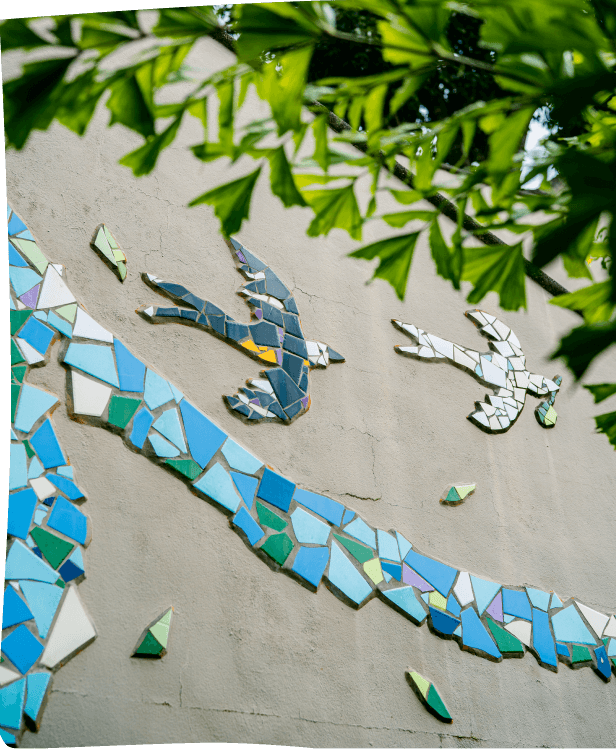

Today, local artisan crafts inspired by the Meeting in Islita – like driftwood mirror frames and sewing kits decorated with seeds and shells – decorate the breezy villas and suites and Hotel Punta Islita.
Rodríguez, now based near the Costa Rica capital, San José, says that the Meeting in Islita represented “a very significant moment – a breakthrough, actually – in Costa Rican hotels’ approach to responsibility and community development.”
Continuing the development of Islita into an arts hub was entirely intentional. During her role as director of the Islita Museum from 2003 to 2014, Loida Pretiz – now Costa Rica’s vice minister of culture – traveled from town to town in the area, involving as many people as possible in programs related to art, education and local identity.
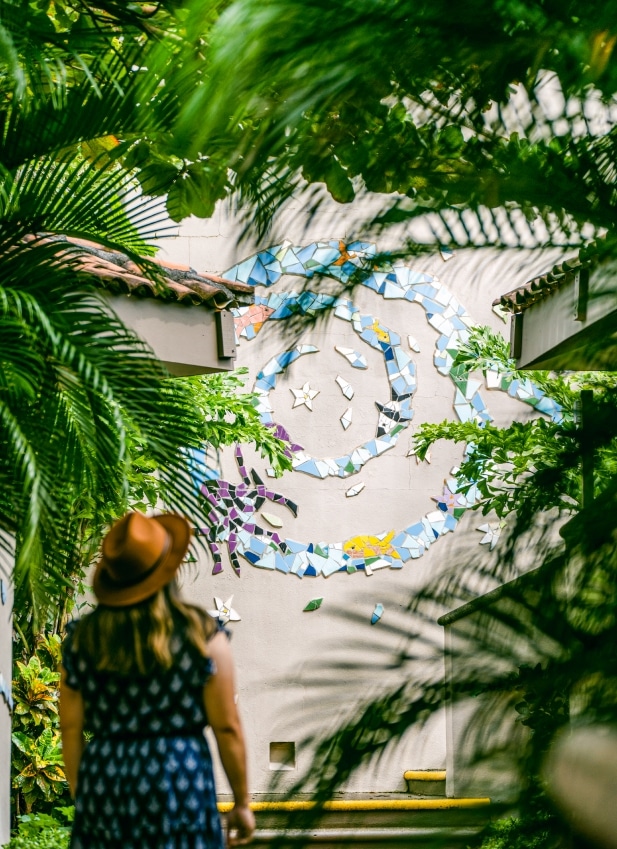

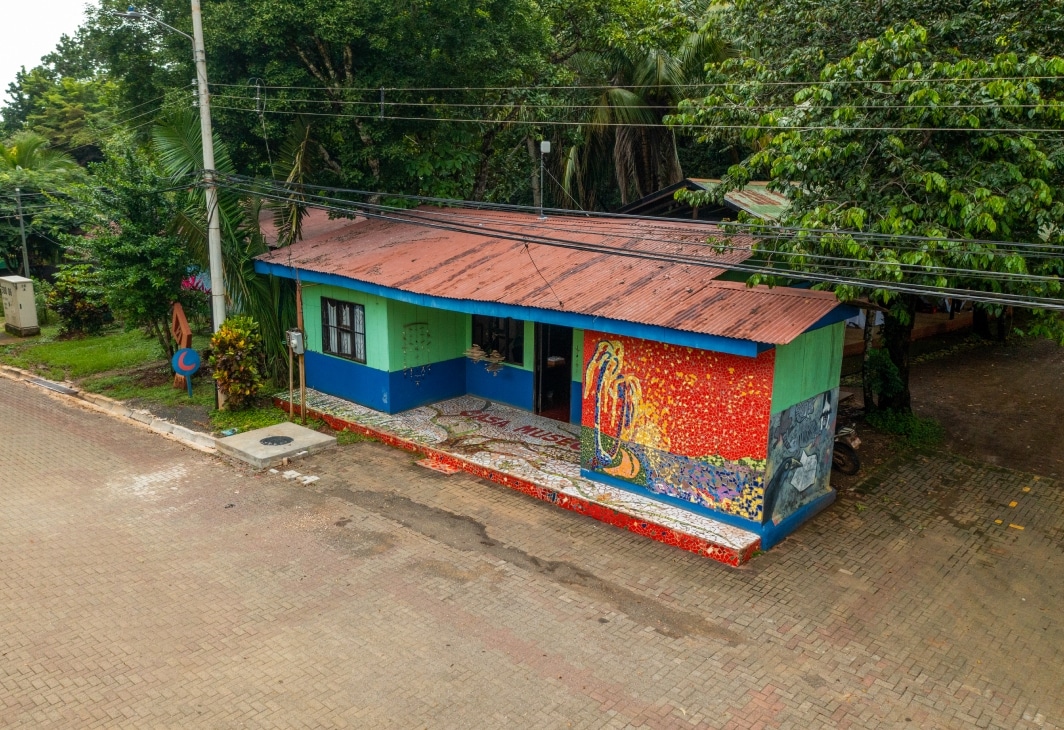

Pura Vida
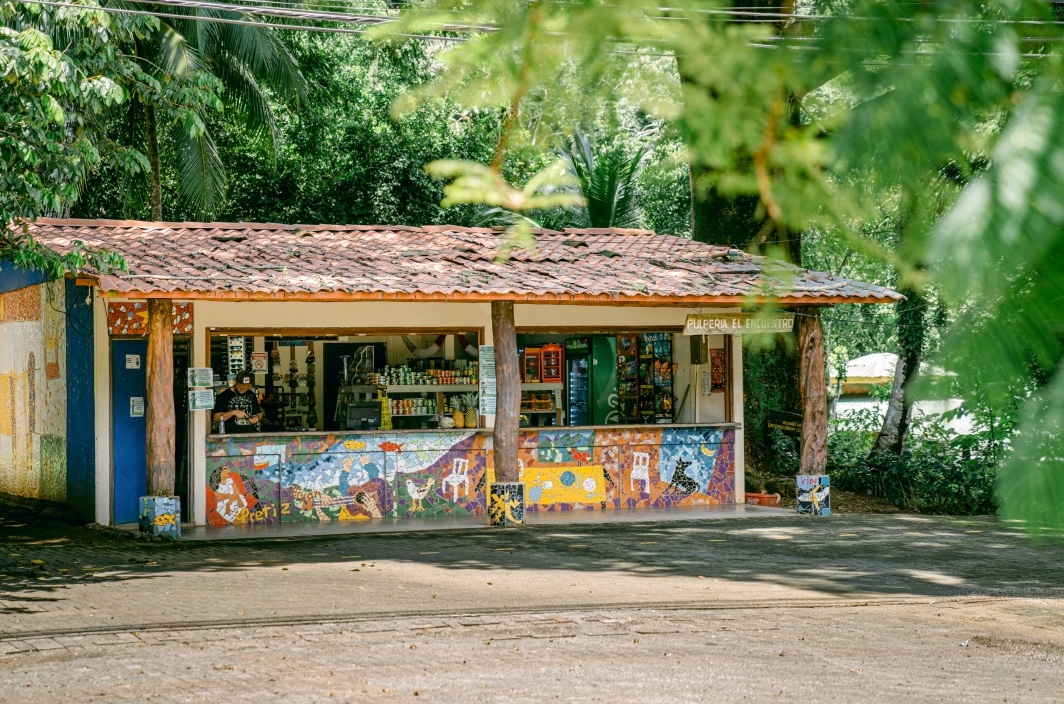
PURA VIDA MEETS SUSTAINABILITY
In addition to arts and nature, Costa Rica is also known for the warmth of its people – namely the pura vida spirit that permeates their culture. Pura vida literally translates as “pure life.”
You’ll hear the phrase as a greeting, exclamation or answer to “How are you?” The term reflects a belief system that holds family and friends dear, considers joy to be a birthright and revels in an intimate and reciprocal relationship with nature.

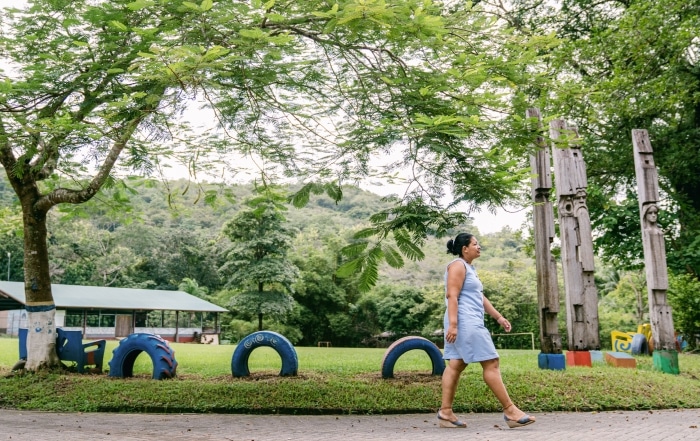
An open-air art museum definitely qualifies as pura vida, and it’s a perfect concept for a beach town, where there’s no hard line between indoor and outdoor spaces. Visitors interact with the art and the artists, leading to a more meaningful travel experience. If a visitor buys work from a local artist, that visitor can become an ambassador for the whole project.
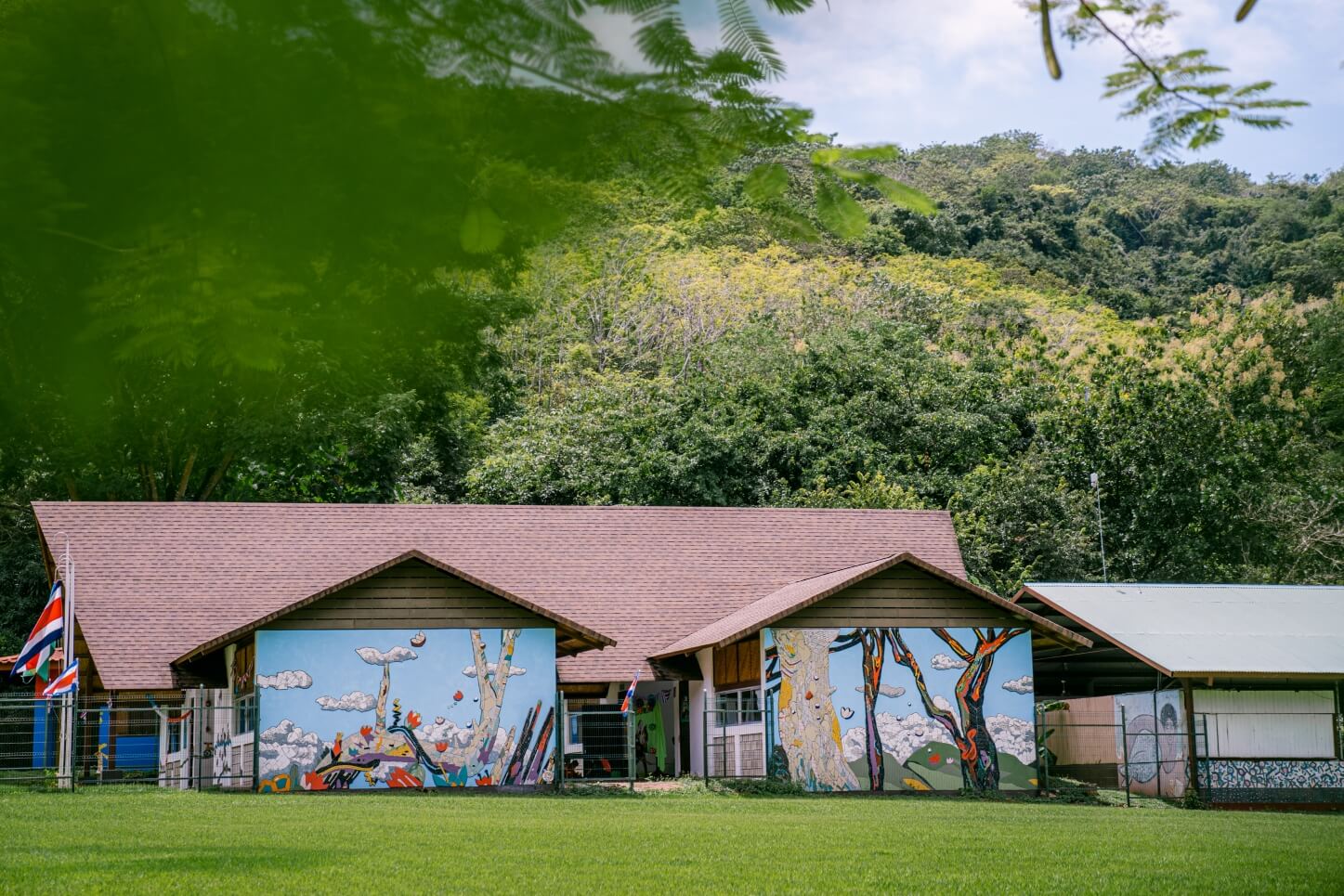
“When you buy art in Punta Islita, you’re not just buying a souvenir. You’re taking home part of our history and culture.
Plus, the purchase helps the community continue to value and make art.”
LETICIA Vásquez
Artist Sonia Quirós grew up locally and is part of three local arts groups. One works with seeds, like the glossy brown seeds from the pods of the Guanacaste tree; another focuses on ceramics; and a third specializes in engravings – Quirós’ favorite technique.
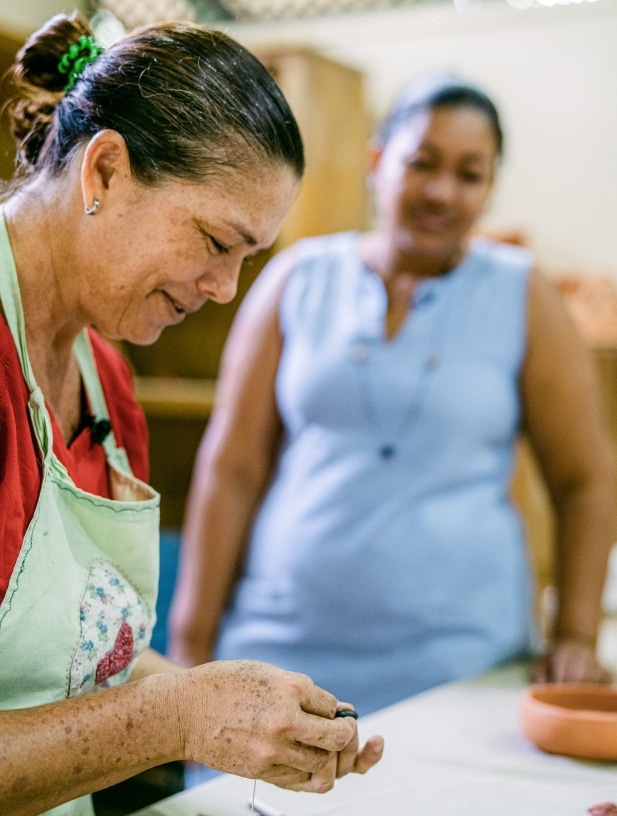

This creativity allows Quirós to process her external and internal environments. “Through art, I express my feelings, my experiences as a child and the dreams I have in my heart,” she says.
Quirós shares her creative streak with daughter, Francela, 11. “She’s the one interested in art,” says Quirós. “She helps me with some of my work.”
And so the idea is passed from mother to daughter – that what they feel and experience is worth expressing and that they can earn money from their efforts.

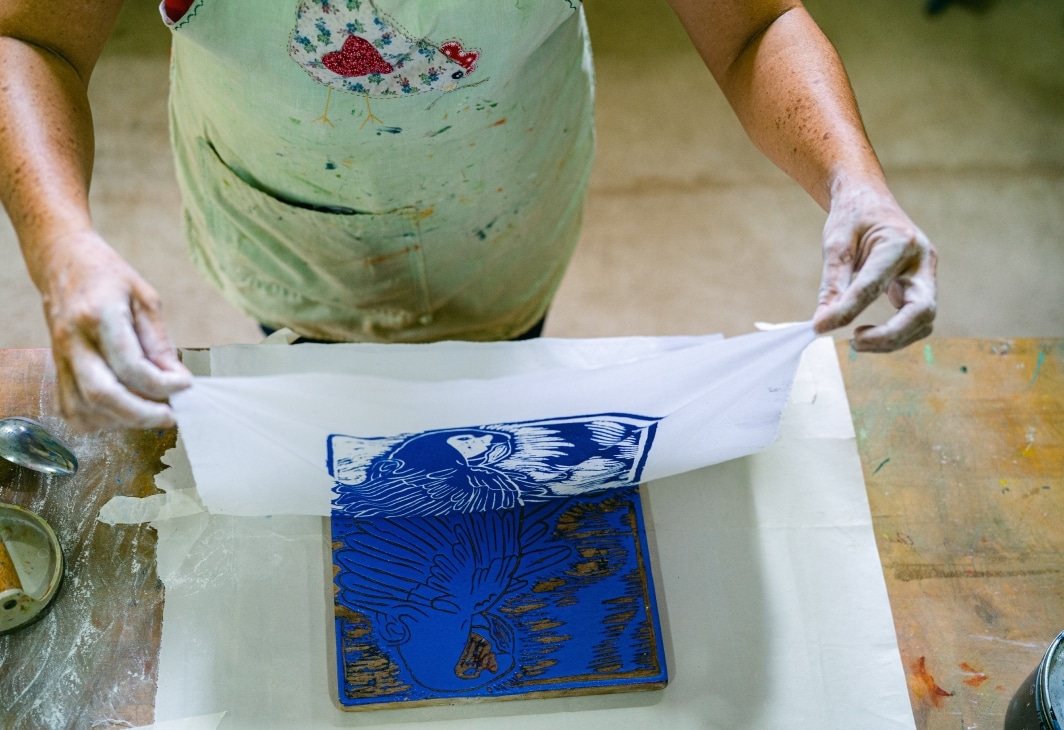
the environment
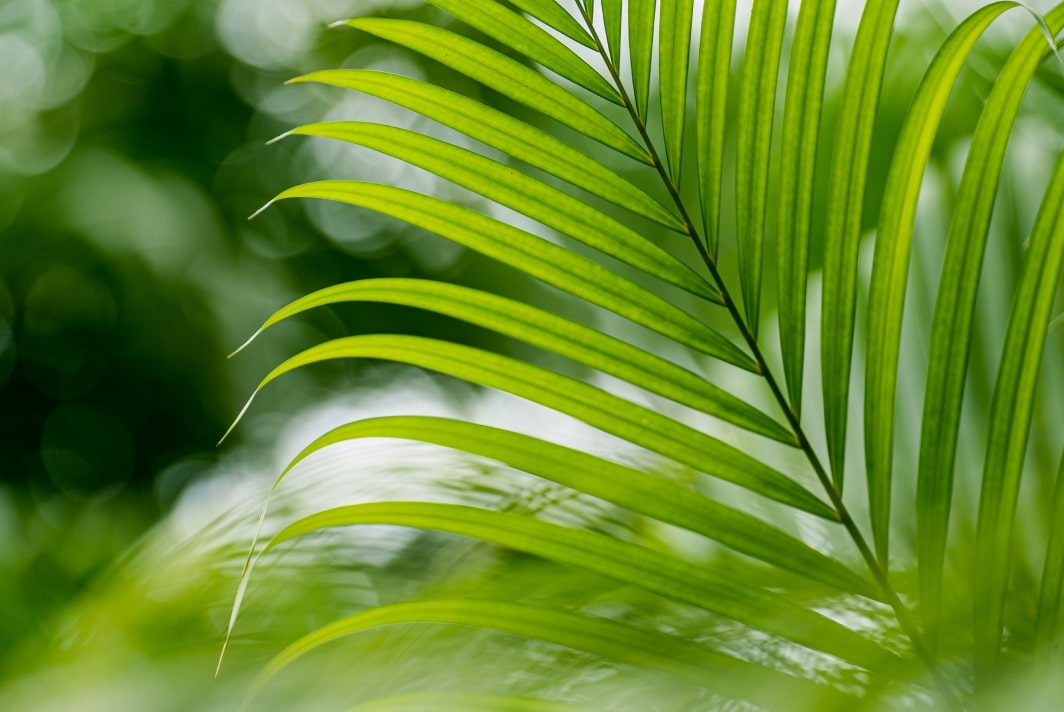
A TURN TOWARD THE ENVIRONMENT
Sustainability sinks its roots into many soils here in Costa Rica, from locally produced art to habitat protection. The nation is known for its forward-thinking environmental policies and has designated more than a quarter or its territory as parks and reserves.
Costa Rica’s strides toward carbon neutrality are the envy of other nations, and in 2020 the nation passed legislation to regulate wildlife rescue centers, some of which were known to mistreat animals.
Plus, in response to social media selfies of people hugging terrified sloths and riding giant sea turtles, Costa Rica launched a campaign to educate people on how to safely – and in good conscience – photograph animals in their natural habitat.
For the uninitiated: Don’t hug or otherwise restrain the animal, don’t support facilities that keep animals in cages solely for the pleasure of tourists, and keep your distance – for the critter’s safety as well as your own.
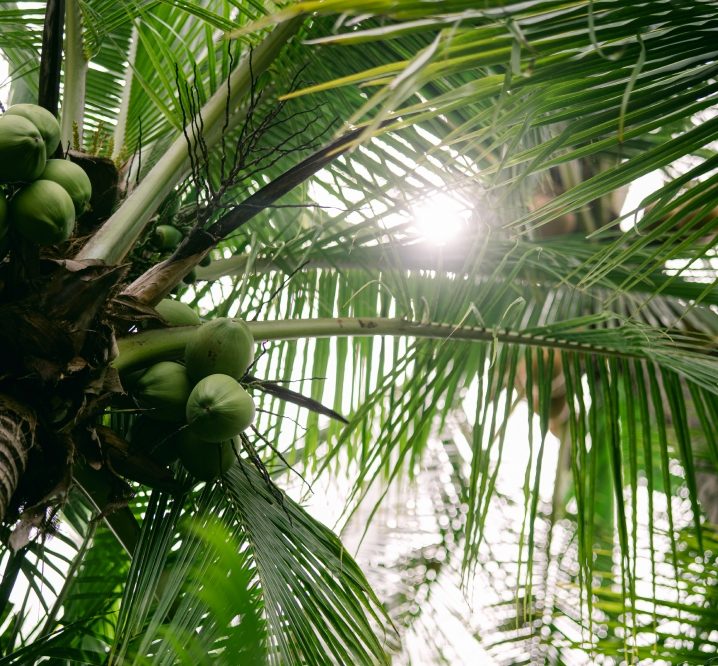

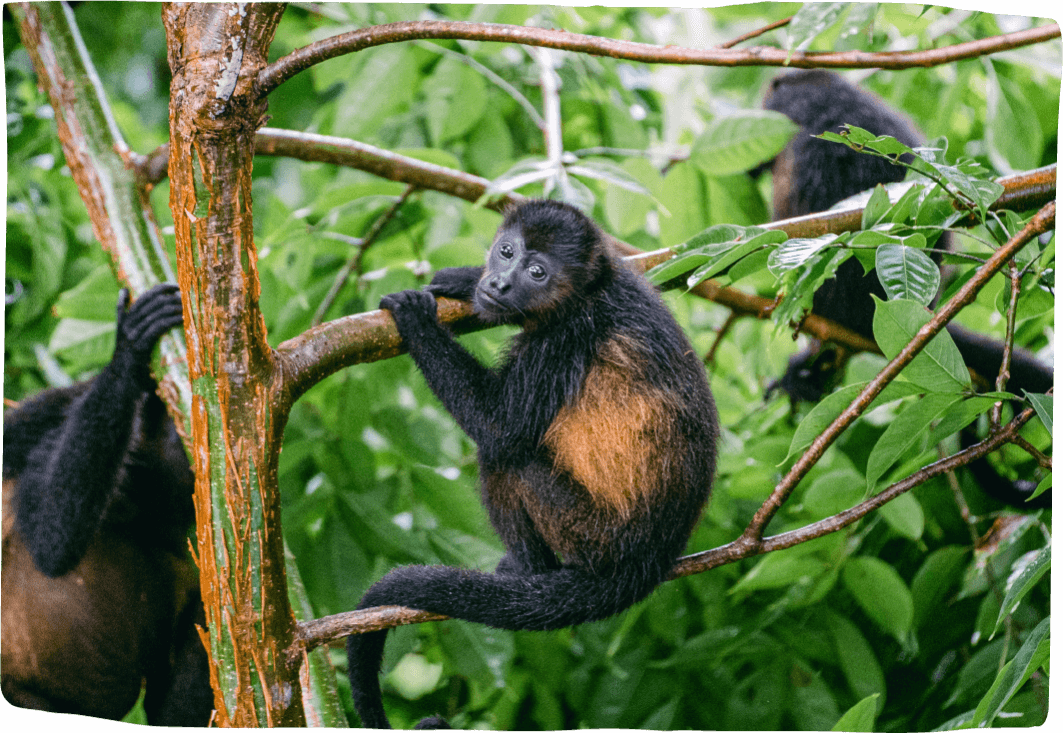
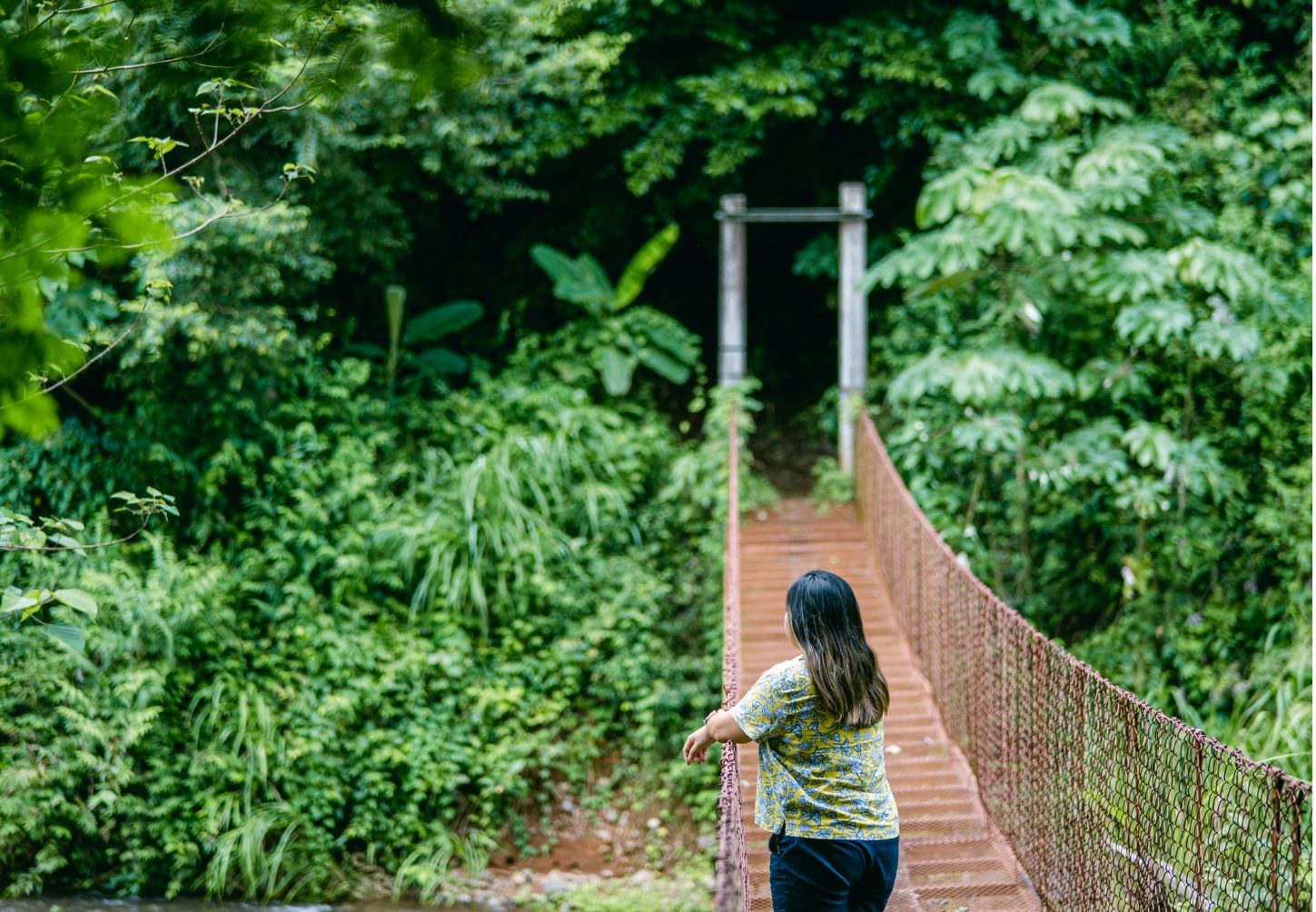
macaws
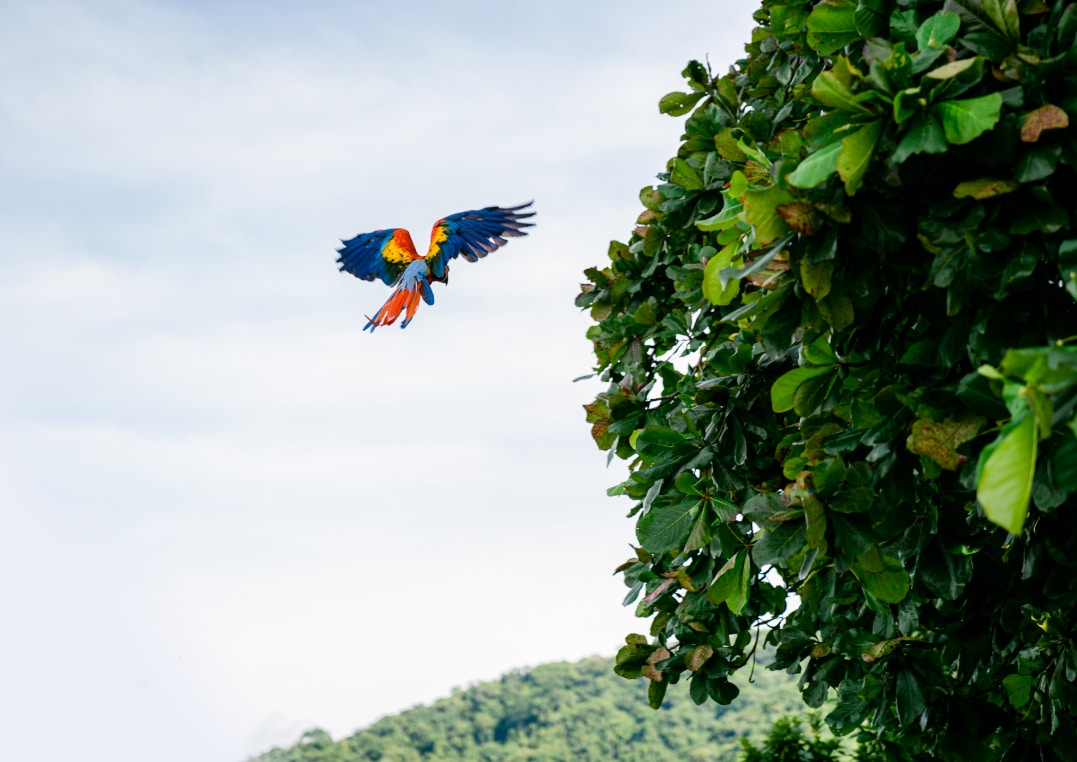
BIRD BY RESCUED BIRD
Costa Rica is a veritable fiesta of biodiversity, and Punta Islita has no shortage of wildlife, whether terrestrial, aquatic or aerial. In a nod to the fauna at its doorstep, Hotel Punta Islita hosts the Macaw Recovery Network, a breeding and rescue center for the wheeling, squawking, rainbow-colored scarlet macaws. Visitors can book tours of the macaw center during their stay.

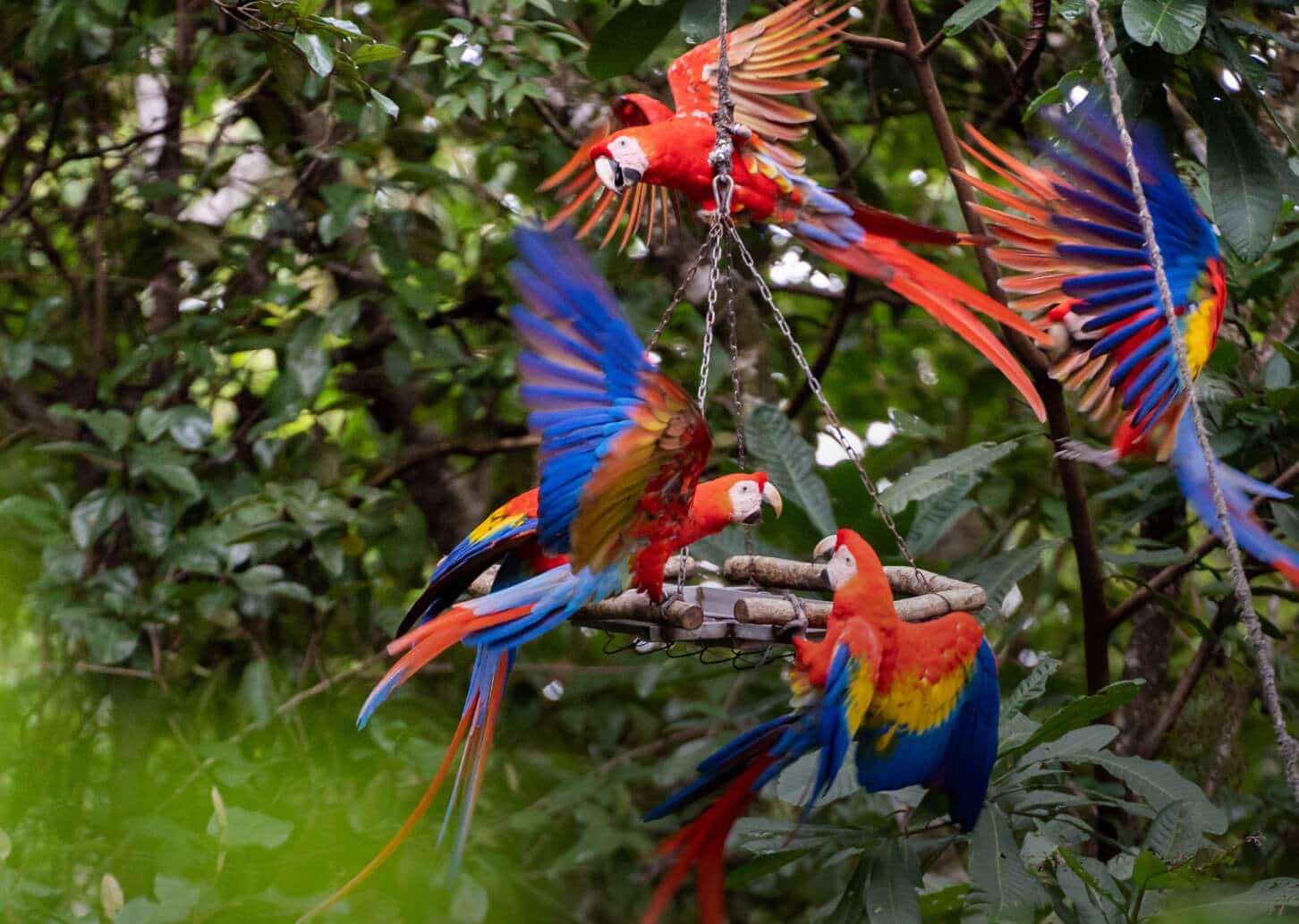

“It’s a magnificent project,” says the center’s visitation manager, Marta Figueroa. “The organization brought scarlet macaws back from complete extinction in this area.”
Figueroa, who grew up in Corozalito, says the project works not just to protect macaws, but also the whole ecosystem, humans included.

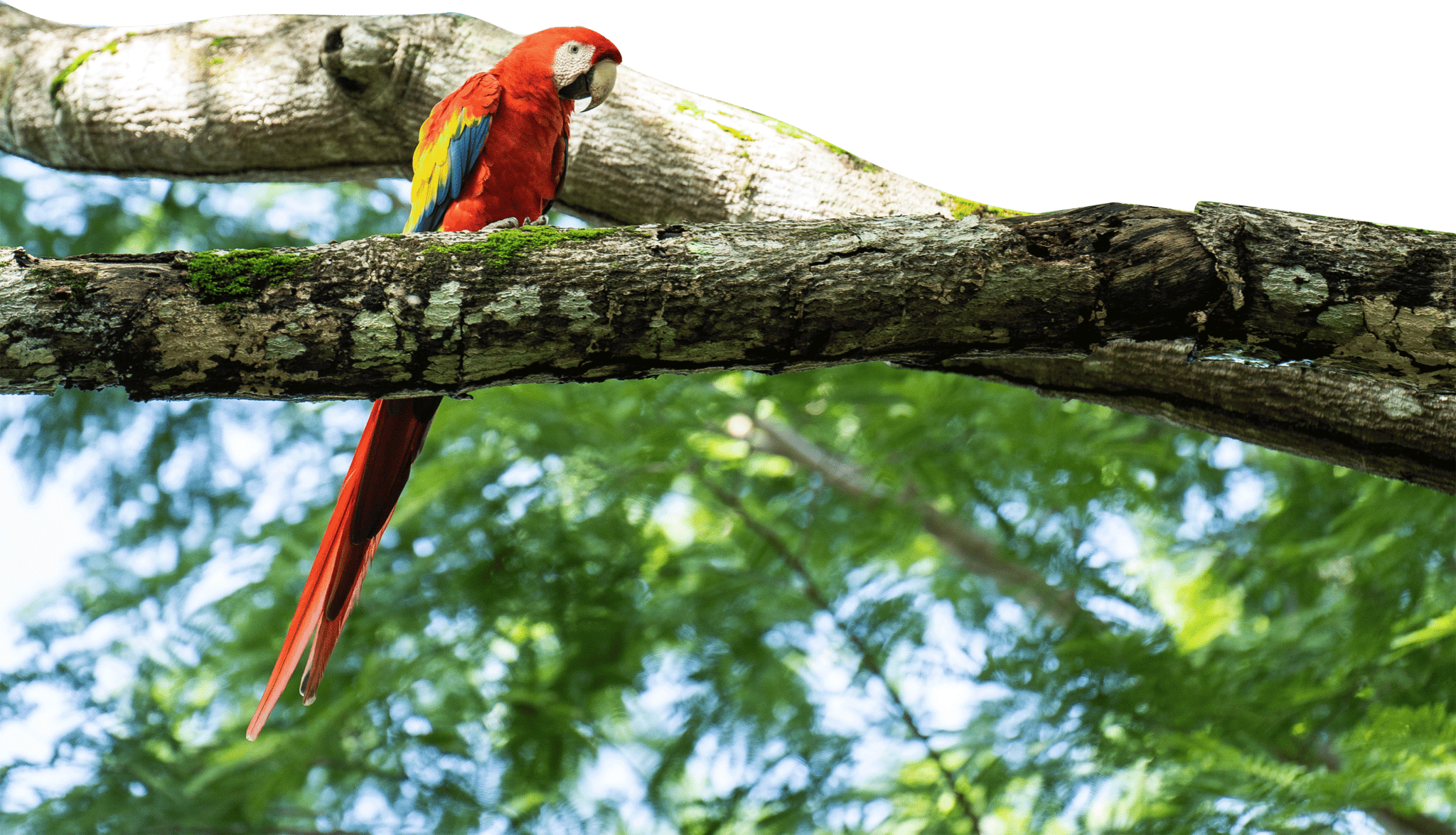
“They reeducate people, which I think is essential if you want to have good results. So there’s a better quality of life for local people, as well as a wonderful experience for visitors.”
Marta Figueroa

Besides catching glimpses of macaws and monkeys, travelers visit the Islita area to witness another beloved creature: the sea turtle. Beaches here are prime nesting spots for four species of turtle: leatherback, olive ridley, loggerhead and hawksbill.

Many times each year, synchronized influxes of olive ridley turtles come ashore,often under a new moon, to lay their eggs in the company of hundreds of thousands of their closest friends. Loggerheads and hawksbills are sometimesseen on nearby beaches, as well.
Still, the area’s turtle species are either threatened or endangered due to habitatloss as well as to people hunting them for meat and stealing their eggs,mistakenly thought to be aphrodisiacs by some.
Tourist behavior can also endanger the turtles, and a visit to a nesting beachrequires a local guide, which Hotel Punta Islita can arrange. Indeed, sea turtle conservation efforts don’t just benefit the turtles; they also provide jobs for locals and unforgettable experiences for visitors.
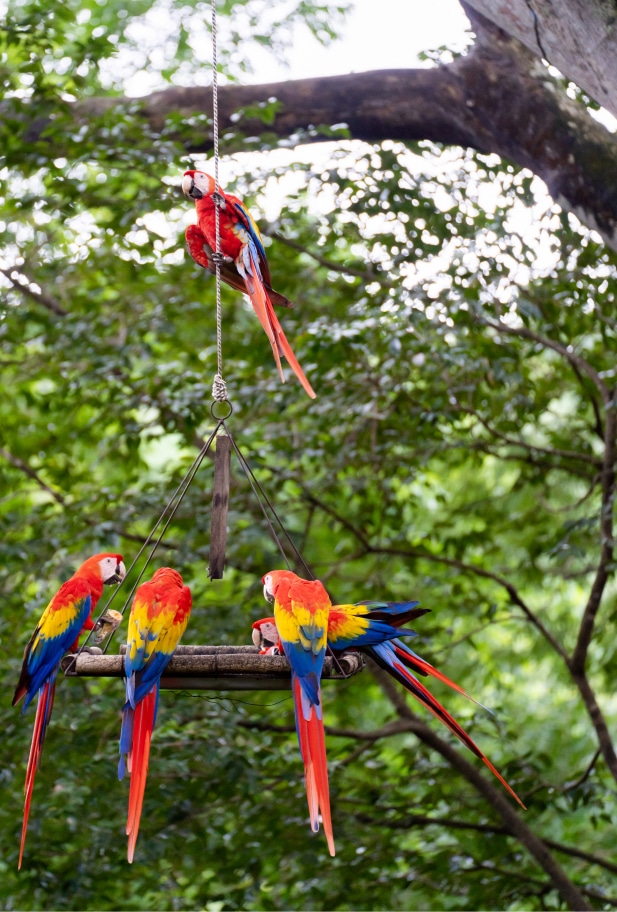

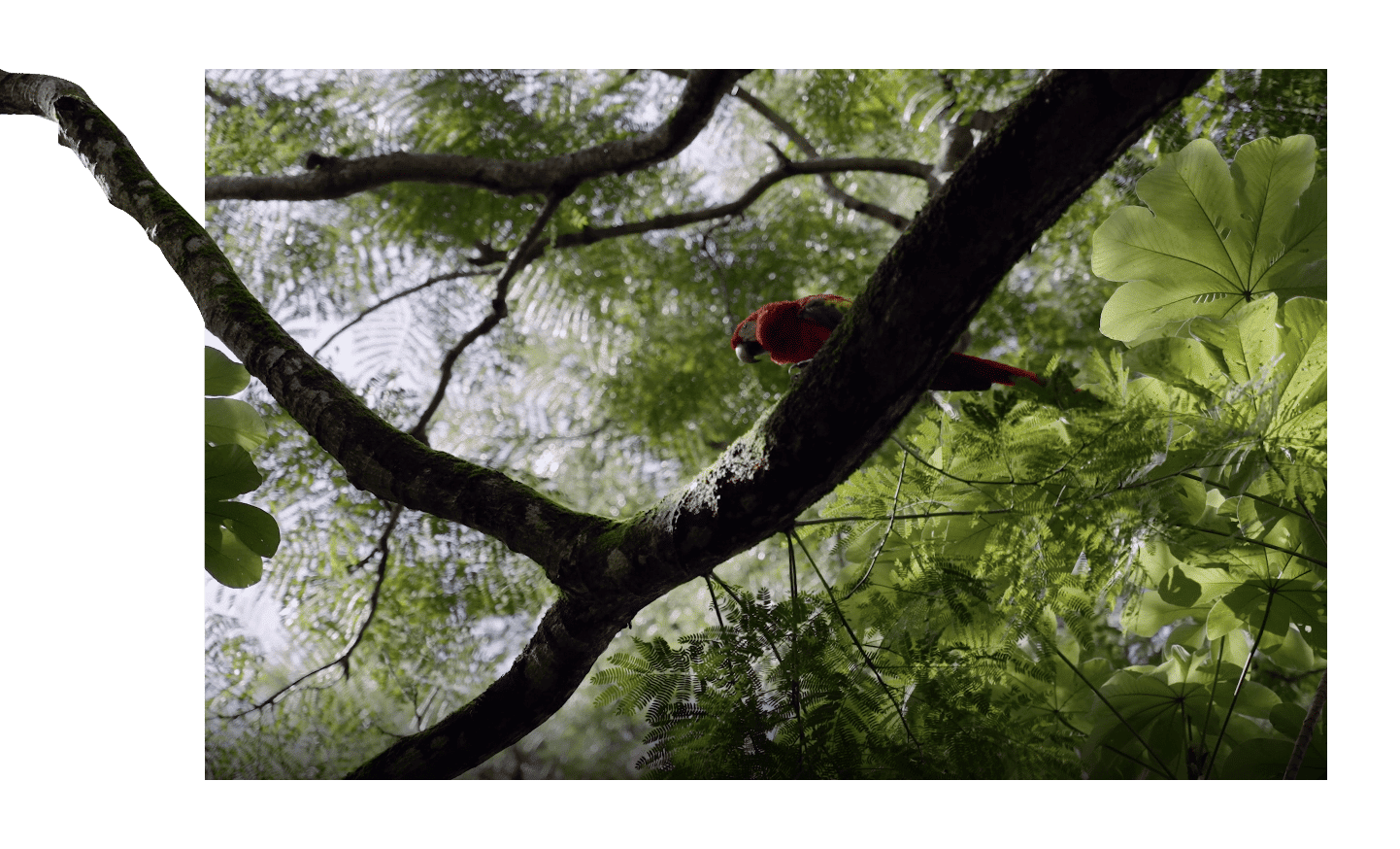

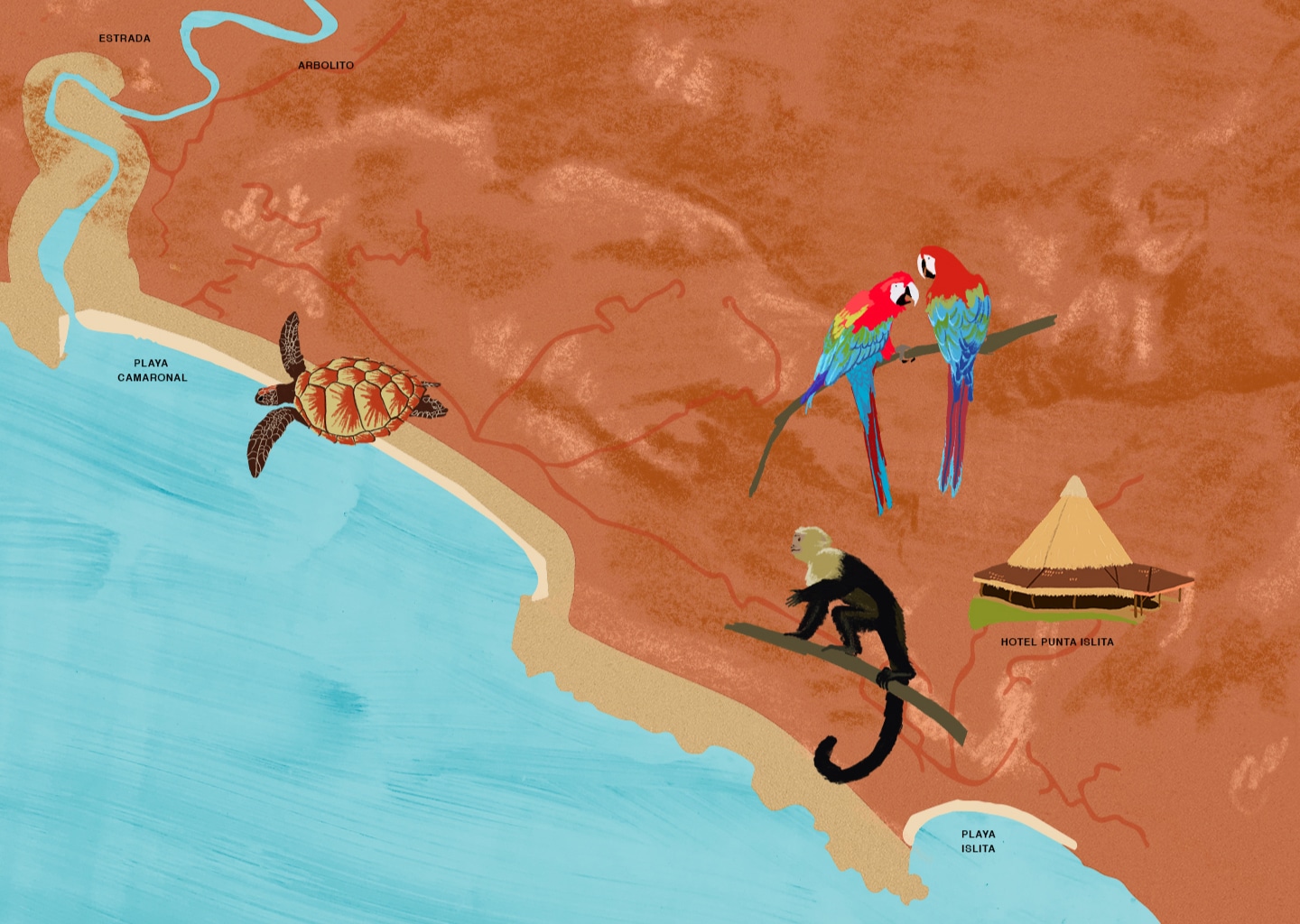
Punta
Islita
Wildlife
CLICK ON POINTS TO EXPLORE
culture of creativity

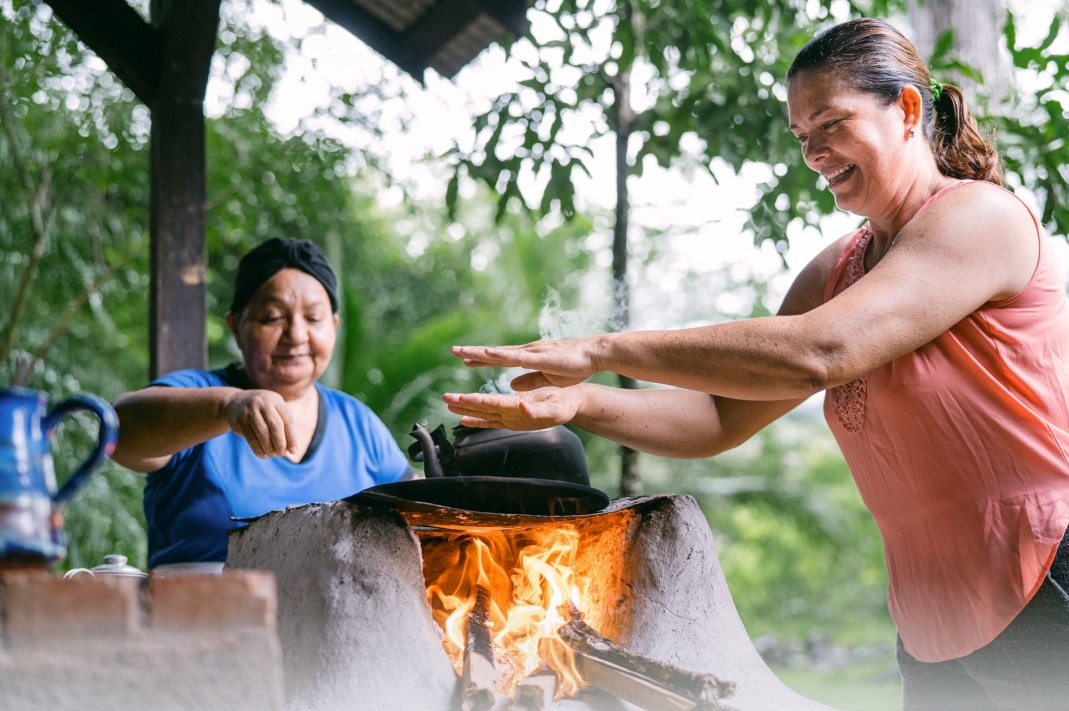
CULTURE OF CREATIVITY

As visitors marvel at the art and wildlife, they should also give mind to the people they meet — and their culture of creativity and warmth. Says Vásquez, “I asked one visitor what the best part of their trip had been. They told me, ‘Walking through town and being greeted by people who don’t know me.’”
Though its art extends through town, the museum’s official building hosts workshops highlighting traditional food and crafts and offers concerts and talks, like a recent one about how Islita lies smack in the middle of a Blue Zone, a region where people live longer and healthier lives than the average person.
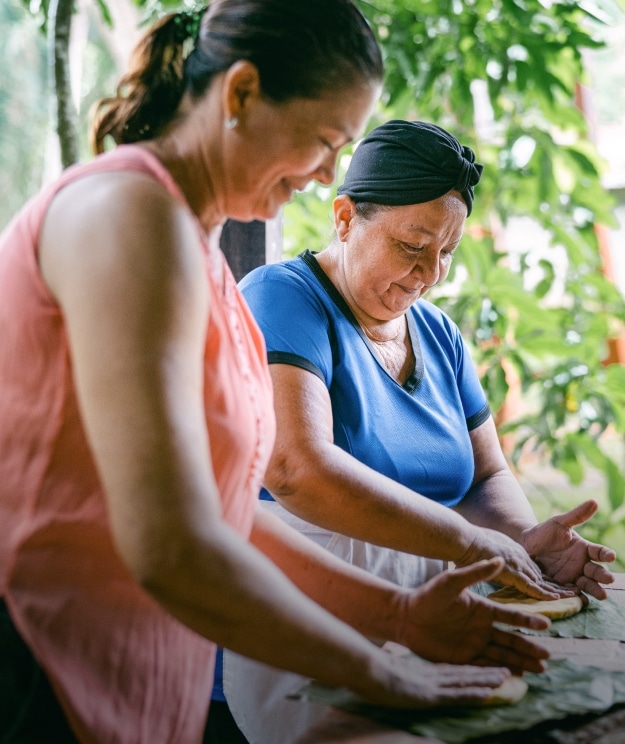
Like most Ticos (what the Costa Ricans call themselves), Vásquez values family and tradition. Her father, a marimba musician, recently passed away. When asked if she herself played, Vásquez laughed. “I only know one song. It’s a Christmas song. My father said ‘Mi hija, you can’t play that same song all year round!’”
To honor her father’s memory and his love of marimba, she plans to offer a series of workshops and concerts to teach locals and visitors about the instrument, an integral part of the Costa Rican musical tradition.
“It’s about identity, and about culture,” says Vásquez. “I want my kids, and the people here, to feel proud of who we are.”
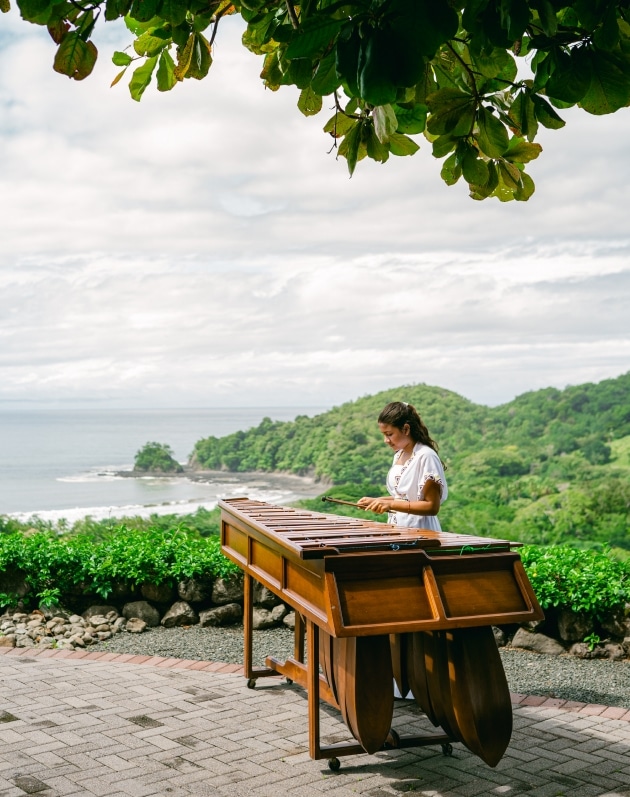

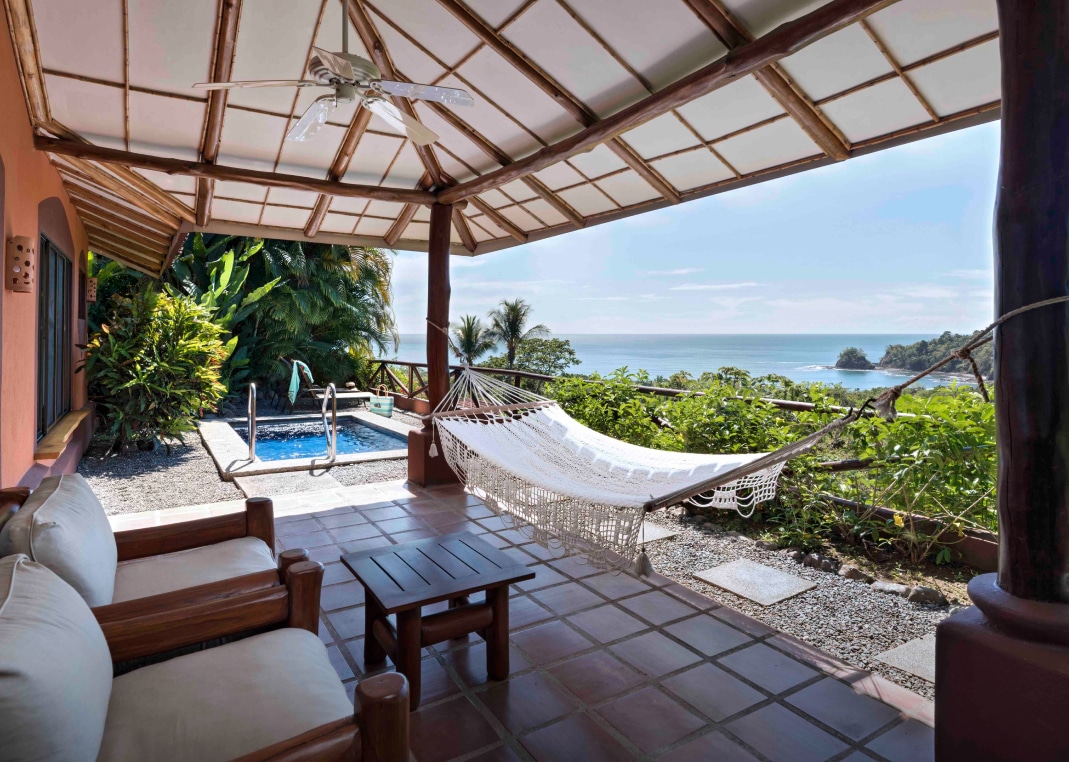
IF YOU GO

